Testing the Sony Bravia 7 quickly revealed that this television can really do quite a bit. Although it is the "lowest" model from the Japanese manufacturer in the new 2024 lineup, it doesn’t feel like a compromise at all. The picture impressed us with its depth of black and the detail in bright scenes – thanks to the Mini LED technology that makes a difference. When we watched movies in Dolby Vision, it was immediately evident how much HDR adds life to every scene. The intense colours and great dynamics made watching evening screenings a genuine pleasure for us. Using this television daily also surprised us positively. The Google TV system worked flawlessly, and the selection of apps was large enough that we easily found everything we wanted to watch. The backlit remote is a small but practical addition – in the evenings, we greatly appreciated not having to fumble around for the buttons. The older content we watched improved in quality thanks to advanced image processing. When we checked the TV for gaming, it also made a good impression on us. The 120 Hz refresh rate ensured smooth visuals, and the low input lag allowed us to enjoy fast-paced and dynamic gameplay. We particularly liked the Game Bar feature – easy access to settings during gameplay is something that every gaming enthusiast will appreciate. The television handled even more demanding titles excellently. However, not everything was perfect. Only two HDMI 2.1 ports, one of which is designated for eARC, could be an issue if someone plans to connect multiple devices at once. Additionally, when we watched the television at an angle, we noticed that the picture quality was not as good as when viewed head-on – the lack of a layer improving viewing angles was noticeable here. Nevertheless, the Bravia 7 is a television that pleasantly surprised us. It combines excellent picture quality with functionality that works well both in everyday use and during evening screenings or dynamic gaming sessions. The minor limitations are noticeable, but they do not overshadow the whole package, which definitely deserves the attention of buyers.
- Matching (Score)
- Our verdict
- TV appearance
- Where to buy
- Contrast and black detail
- HDR effect quality
- Factory color reproduction
- Color reproduction after calibration
- Smoothness of tonal transitions
- Image scaling and smoothness of tonal transitions
- Blur and motion smoothness
- Console compatibility and gaming features
- Input lag
- Compatibility with PC
- Viewing angles
- TV efficiency during daytime
- Details about the matrix
- TV features
- Apps
- Playing files from USB
- Sound
Sony Bravia 7 (XR70) vs SAMSUNG QN80F
Direct compare
BRAVIA 7 / XR70
QN80F

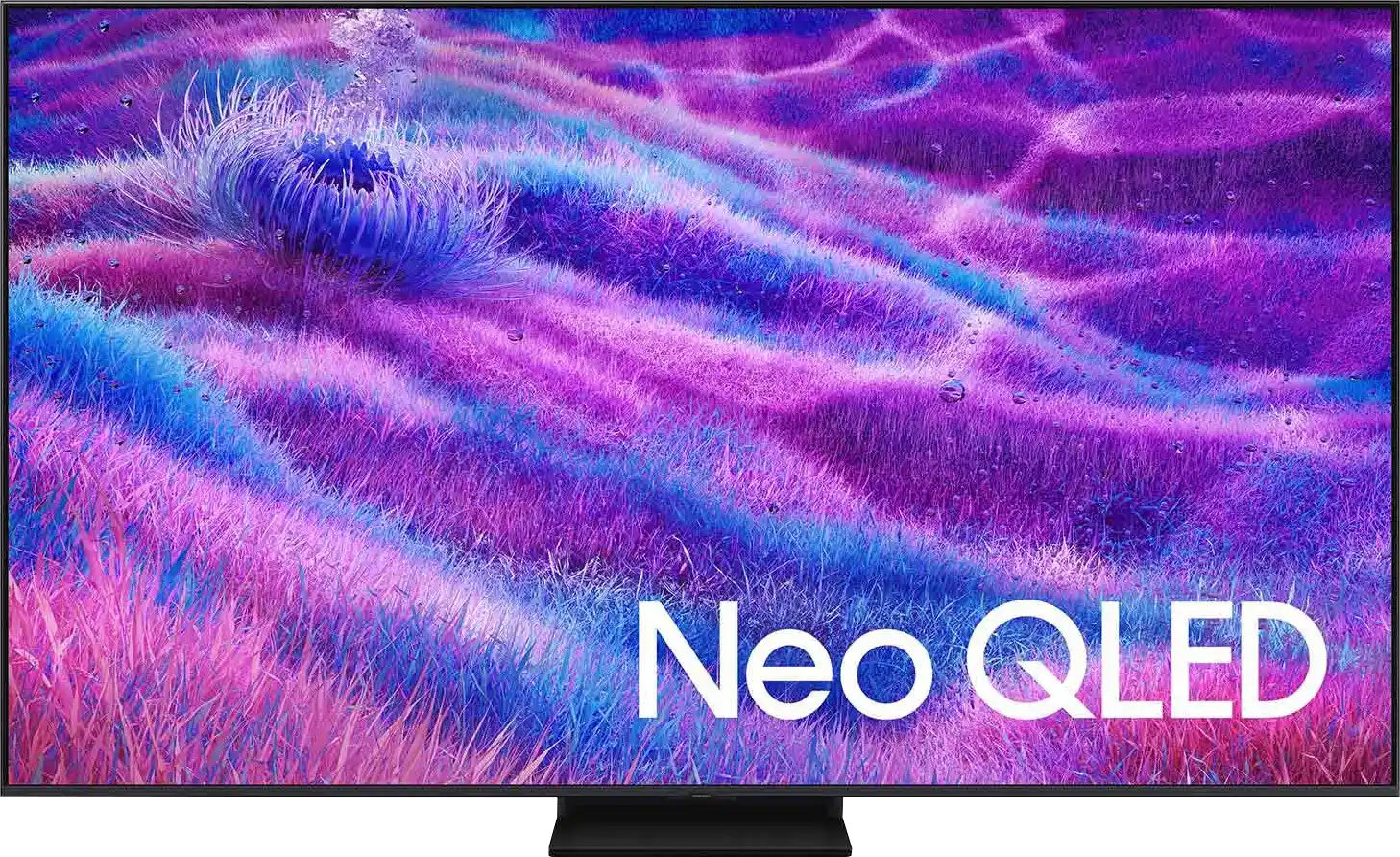
Panel type: LCD VA
Resolution: 3840x2160
System: Google TV
Model year: 2024
Complete the survey to find out the result

Panel type: LCD VA
Resolution: 3840x2160
System: Tizen
Model year: 2025
Complete the survey to find out the result

Overall rating
8.1
7.3
Movies and series in UHD quality
7.7
6.9
Classic TV, YouTube
7.6
6.8
Sports broadcasts (TV and apps)
7.6
6.7
Gaming on console
8.4
8.5
TV as a computer monitor
7.6
8.8
Watching in bright light
8.4
6.6
Utility functions
8.8
7.7
Apps
9.6
8.7
Sound quality
7.8
6.7
Complete the survey to find out what fits your preferences
Advantages
High brightness
Good contrast
Great Dolby Vision support
Google TV – intuitive system, easy access to apps, backlit remote
Very good built-in speakers
Excellent digital processing
Good for gamers - HDMI 2.1, multiple features, low input lag
Great black levels and contrast - VA panel combined with MINI-LED backlighting.
Excellent brightness - up to 1000 nits in HDR
Fast and responsive panel - 144 Hz
Robust support for gamers - 4xHDMI 2.1, VRR, ALLM, GameBar, Game Motion Plus
Very good usability in daylight
Advanced Tizen operating system
Easy to use
PiP function
Disadvantages
No extension coating for wide viewing angles at this price
Only 2 HDMI 2.1 ports - including one ARC
No DTS format support – a limitation when connecting a home theatre system
No USB recording function
Relatively few dimming zones
Issues with the HGiG function (for gamers) – the update removed this option*
Our verdict
QN80F is the first in the history of Samsung's "eighty range" to feature Mini LED backlighting. And it does it really well. Although the number of dimming zones isn't staggering, the black levels are solid, and in combination with high brightness, it allows for a very decent picture in HDR content. Additionally, there's a 144 Hz panel that provides excellent motion fluidity, and the gaming features – VRR, ALLM, Game Motion Plus – make the QN80F an option truly designed for those gaming on consoles or PCs. The television operates quickly and responsively, and the Tizen system runs like lightning – whether you’re searching for apps or switching sources. Is there anything to nitpick? Of course, as always – there are shortcomings in the system (like USB recording), DTS support is absent, and Mini LED comes with its own limitations. But the QN80F is a fantastic everyday television – versatile, refined, and... with great price potential. Looking at the history of this series, we can expect that this "eighty" will still shake things up once it hits the first reasonable promotions. And then it could be virtually unbeatable at its price – especially if Samsung fixes the minor teething issues.
TV appearance




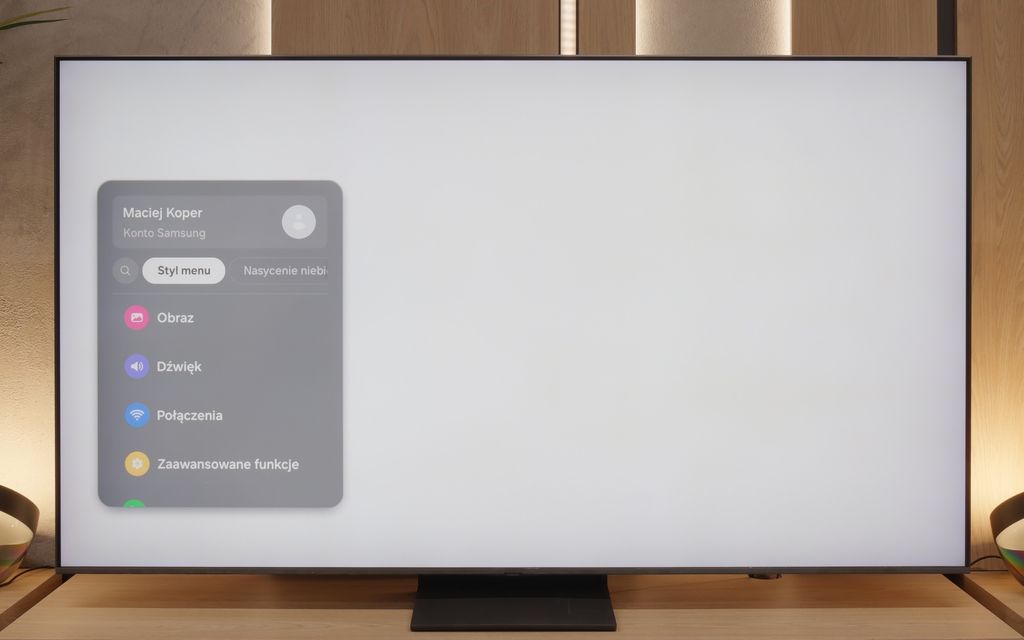
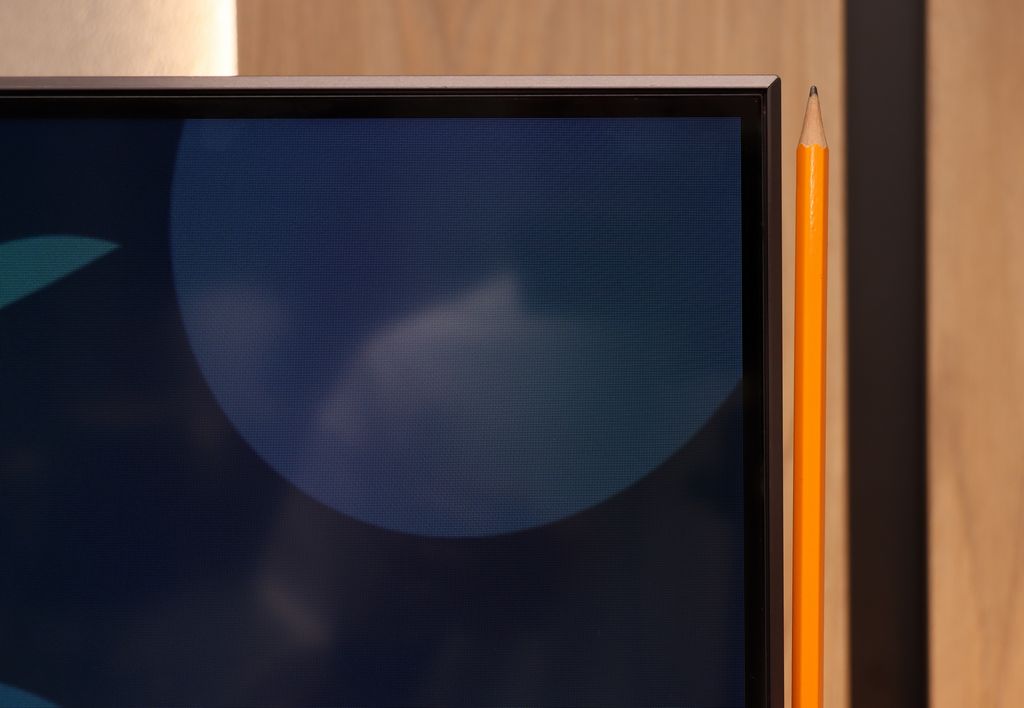
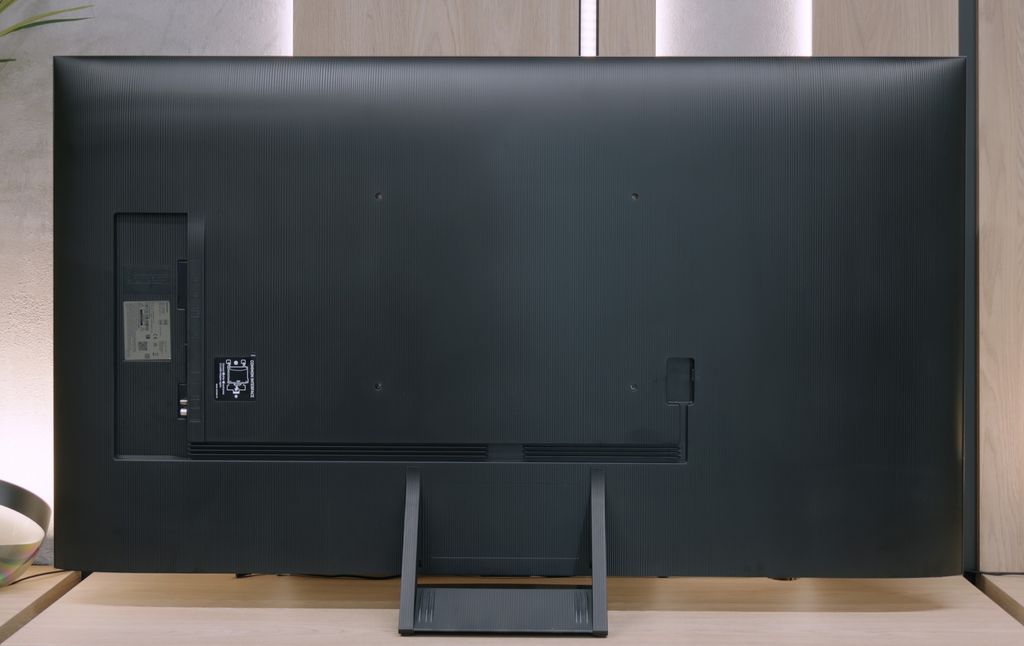
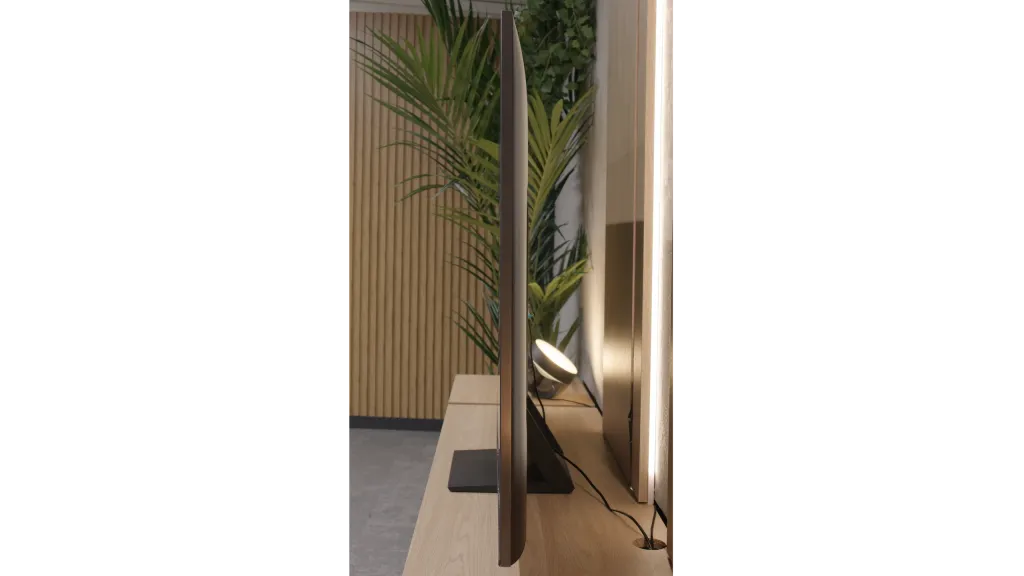
Contrast and black detail
7.7/10
6.8/10
Local dimming function: Yes, number of zones: 512 (32 x 16)
Local dimming function: Yes, number of zones: 88 (8 x 11)
Contrast:

Result
190,000:1

Result
14,700:1

Result
45,000:1

Result
4,400:1

Result
4,800:1

Result
34,100:1

Result
8,200:1

Result
32,500:1

Result
4,550:1

Result
3,800:1
Halo effect and black detail visibility:

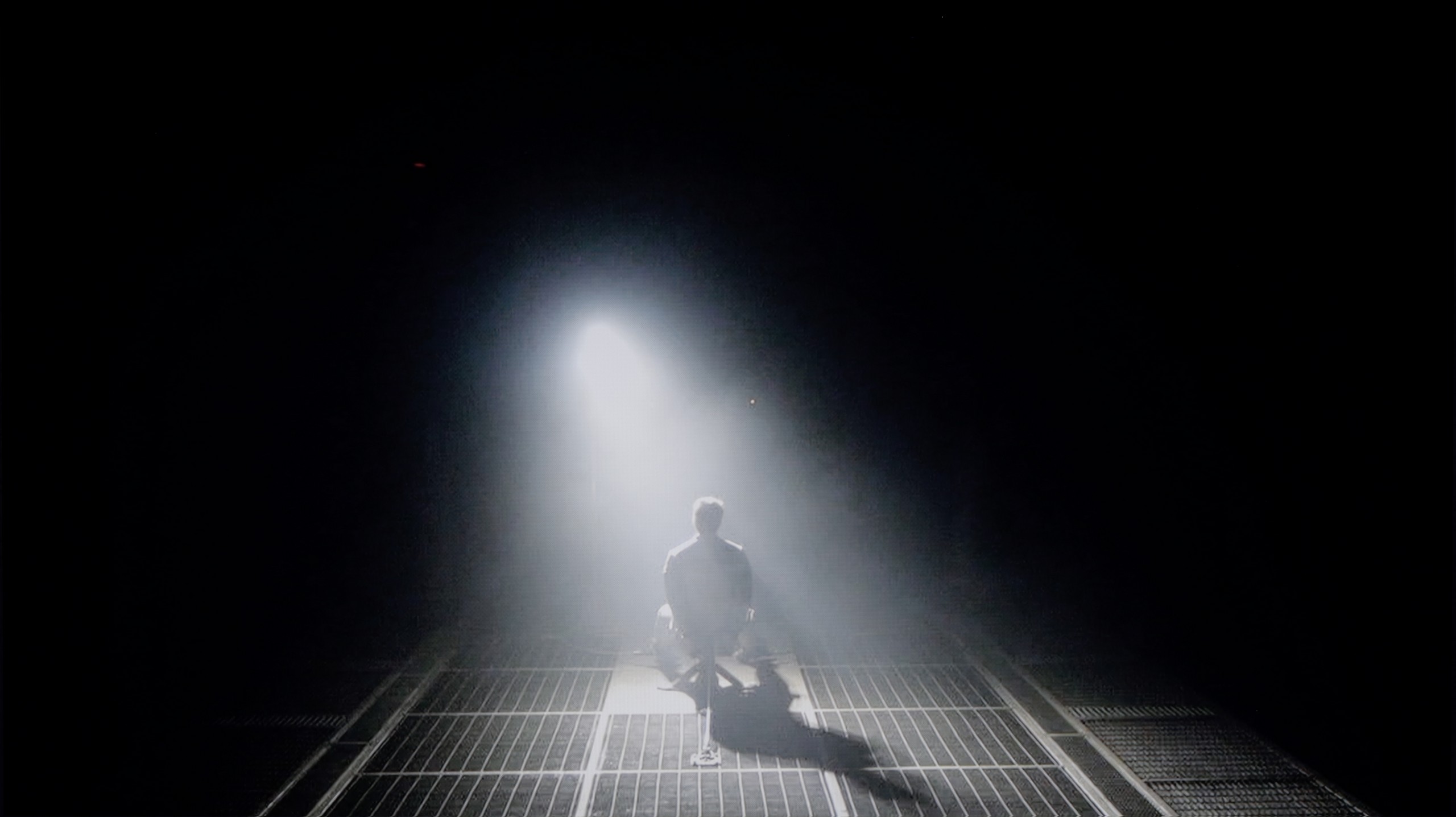
The Sony BRAVIA 7 television with a VA panel and MiniLED backlighting technology offers excellent black quality. The tested 65-inch variant is equipped with 512 dimming zones, allowing for very good contrast, particularly during demanding movie scenes. Naturally, larger sizes of the television have more zones, which positively affects contrast and image depth. During tests, in scenes from the film "Oblivion," the BRAVIA 7 handled dark and bright areas exceptionally well, providing decent separation of lights (the light effect did not merge into a large blob) from deep blacks. However, as is often the case with televisions featuring local dimming, certain difficulties arise with small, bright light sources. In more challenging sections (e.g., scenes 4 and 5), it's noticeable that the television "struggles" to maintain high brightness for these elements, which impacts contrast – bright objects are either too dark (resulting in poor contrast) or exhibit a slight halo effect around them. In a scene from the film Sicario 2, the operation of the zones can be seen, causing the aforementioned effect, though it is minimal. Despite these minor imperfections, the overall impression is positive – the local dimming algorithm works quite well, ensuring that the picture maintains high contrast, and the quality of blacks and details is satisfactory.
QN80F is a representative of the Neo QLED series, meaning it is a television with Mini LED backlighting. Unlike its cheaper cousin, the QN70F model, the diodes here are placed directly behind the panel (instead of at the edges), which gives a solid advantage from the start when it comes to contrast control. In the 65-inch variant we tested, we counted 88 dimming zones – a result that may not be very impressive, but as it turned out, sufficient to achieve quite decent results.
In tests based on scenes from films such as Oblivion or The Meg, the QN80F performed well – blacks were deep, and the overall image consistency was eye-catching. However, in more demanding moments (e.g., scenes with a large number of bright details on a dark background), a halo effect appeared. This is where the limitation of the number of zones comes into play – bright elements could bleed around, and some details in dark areas became less visible. In one scene with a helicopter (The Meg), we even noticed slight brightness flickering, as if the television was trying its best to maintain visibility of the details at the expense of black depth.
However, these are not issues exclusive to this model – the halo effect or contrast drops in very complex scenes are something that most Mini LED televisions struggle with, even the more expensive ones. In its class, the QN80F still performs positively and offers noticeably better contrast than the QN70F model with edge lighting. For most users, this will be a level more than sufficient – although not perfect.
HDR effect quality
7/10
5.8/10
Luminance measurements in HDR:

Result
1322 nit

Result
624 nit

Result
1133 nit

Result
457 nit

Result
989 nit

Result
799 nit

Result
533 nit

Result
717 nit

Result
245 nit

Result
656 nit
Scene from the movie “Pan” (about 2800 nits)

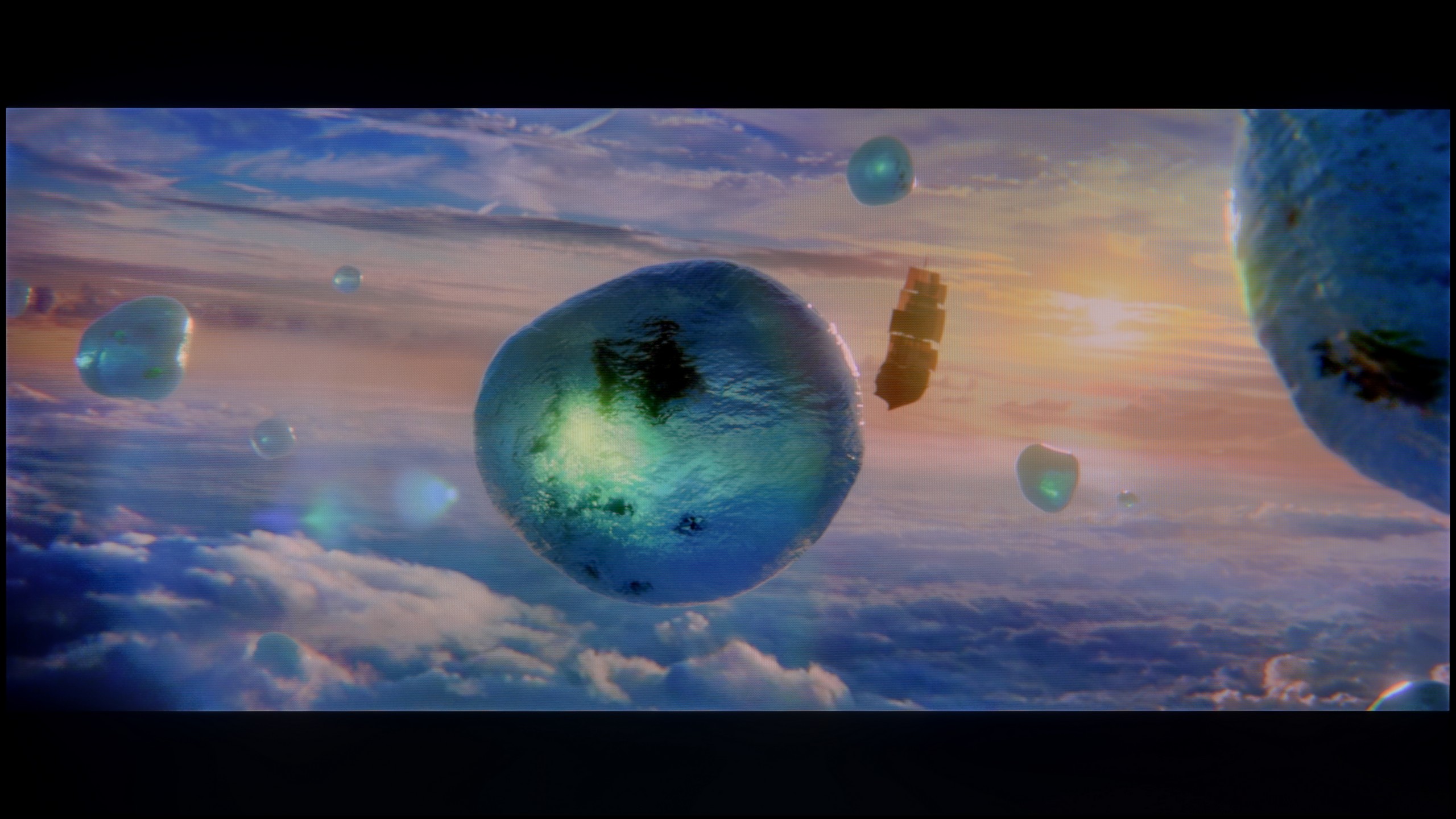
Scene from the movie “Billy Lynn” (about 1100 nits)

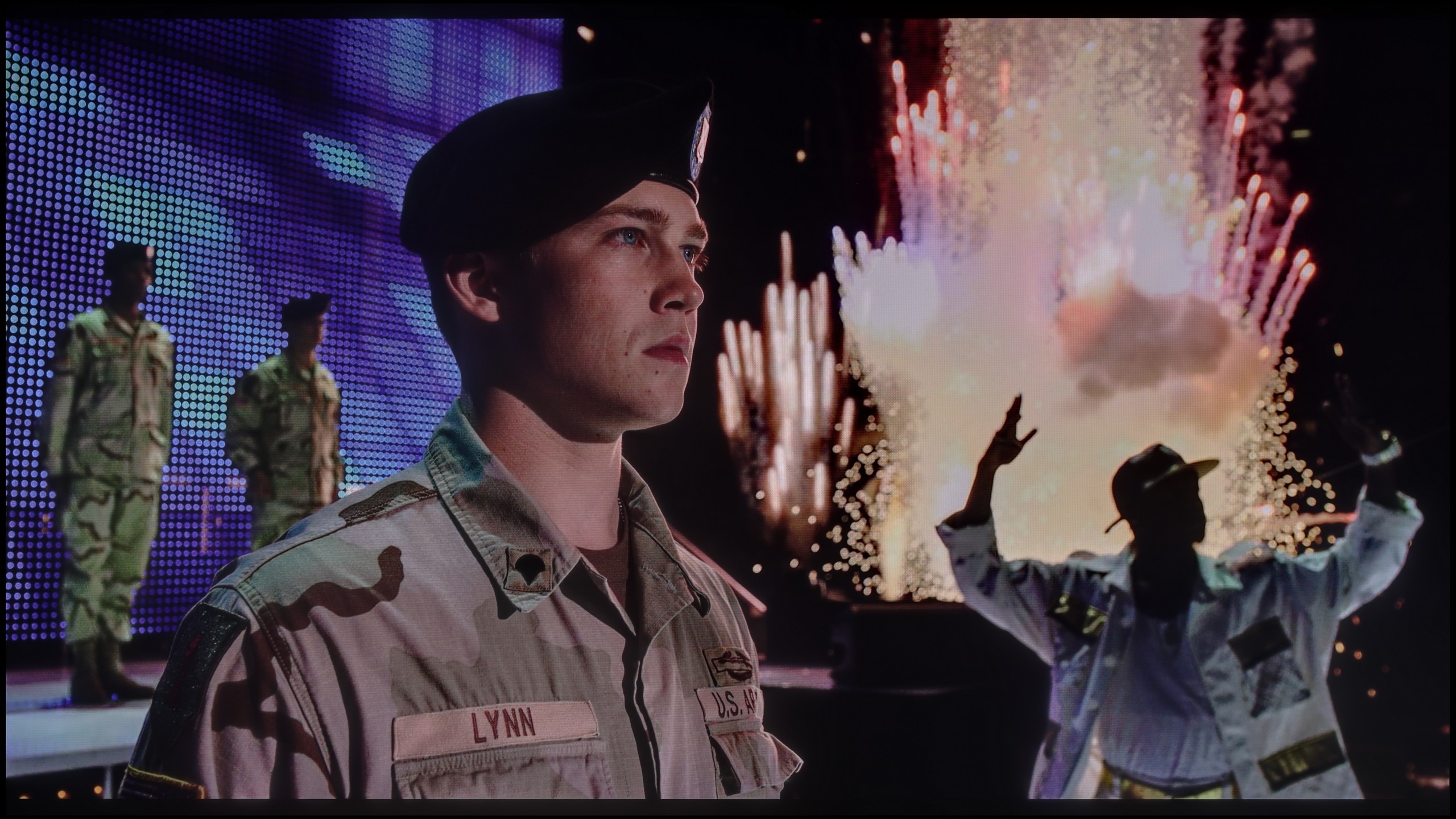
Static HDR10


Dynamic: Dolby Vision
Dynamic: HDR10+


HDR luminance chart:
SAMSUNG QN80F
HDR luminance
Sony Bravia 7 (XR70)
HDR luminance
Now that we know the TV handles contrast well, let’s check how it performs in terms of HDR effects. The luminance graph shows very high capabilities for this model – 1500 nits is truly an impressive result. HDR effects are particularly striking in scenes where most of the screen is covered in light, such as in the 1st, 3rd, and 5th test scenes. Minor imperfections, typical of this technology, are still visible with very small light effects, as seen in the scene from the film "Sicario 2," where brightness drops to 500 nits. Although these aren't staggering results, they can be considered decent. Additionally, it's worth praising the TV for its high coverage of a wide colour gamut – DCI-P3 at 96%, which allows for vibrant, saturated colours.
QN80F is quite a bright screen – in synthetic tests, it reached nearly 1000 nits, which allows for reasonable expectations of HDR content. And indeed, in many scenes, the TV can truly shine. Sequences with a lot of light – like shots from the movie Life of Pi or wide, bright surfaces in The Meg – look impressive. Brightness stays around 700 nits, which provides a solid effect, enough to feel the true "HDR magic." Unfortunately, not every scene looks this good. In content with small, bright details on a dark background, like in Sicario 2, the TV can struggle – it can significantly dim individual elements, sometimes to the point where they disappear from the image. This is a result of the limited number of dimming zones, forcing the device into compromises: either stick to inky blacks or sacrifice some detail. QN80F usually chooses the former. As a consolation, it offers quite decent coverage of a wide color palette – DCI-P3 at 93%. It's not the highest score on the market, but it's more than enough for most content on streaming platforms.
Factory color reproduction
6.7/10
6/10


Factory Mode
After calibration


Factory Mode
After calibration
The IMAX Enhanced mode on the Sony BRAVIA 7 TV is definitely the best mode available on this model, although it is not without its flaws, as its name might suggest. The biggest issue is white balance – both in HD and 4K HDR content, there is a noticeable dominance of the red colour, which causes the image to take on pinkish hues. This is particularly evident on the test image with snow, where the pinkish tint becomes very noticeable. Errors in the Colour Checker test also confirm these deviations – although they are not catastrophic, there is a tendency to lean towards warmer tones. In terms of brightness characteristics, the gamma remains at a decent level with a slight spike but without major issues. However, the biggest challenge is with 4K material. It is clear that the EOTF curve is significantly above the reference graph, making the image appear overly bright.
We always test TVs in the best available factory mode – for the Samsung QN80F, this is the Filmmaker mode, and indeed, it provides the settings closest to the creators' intentions. However, this doesn’t mean everything looks perfect. In SDR content, the biggest issue was an unbalanced white balance – slight deficiencies in green and a noticeable excess of red led to noticeable colour errors, and one could say the screen had a pinkish hue. This was clearly visible in the colour checker test, where colours “escaped” outside their target fields – to such an extent that a sensitive viewer's eye could catch it even without the help of a meter.
In HDR content, the white balance was much better, but another issue arose – brightness management. The EOTF curve caused an overly bright image most of the time, which affected the perception of contrast and made the screen slightly “flicker” during dynamic changes in light. We’ve already discussed this in the paragraphs about black levels and HDR. Fortunately, Samsung offers users plenty of options. The QN80F features a rich set of calibration options, including a 20-point white balance – which is why we decided to check what this TV is really capable of after a proper calibration.
Color reproduction after calibration
9.1/10
8.3/10

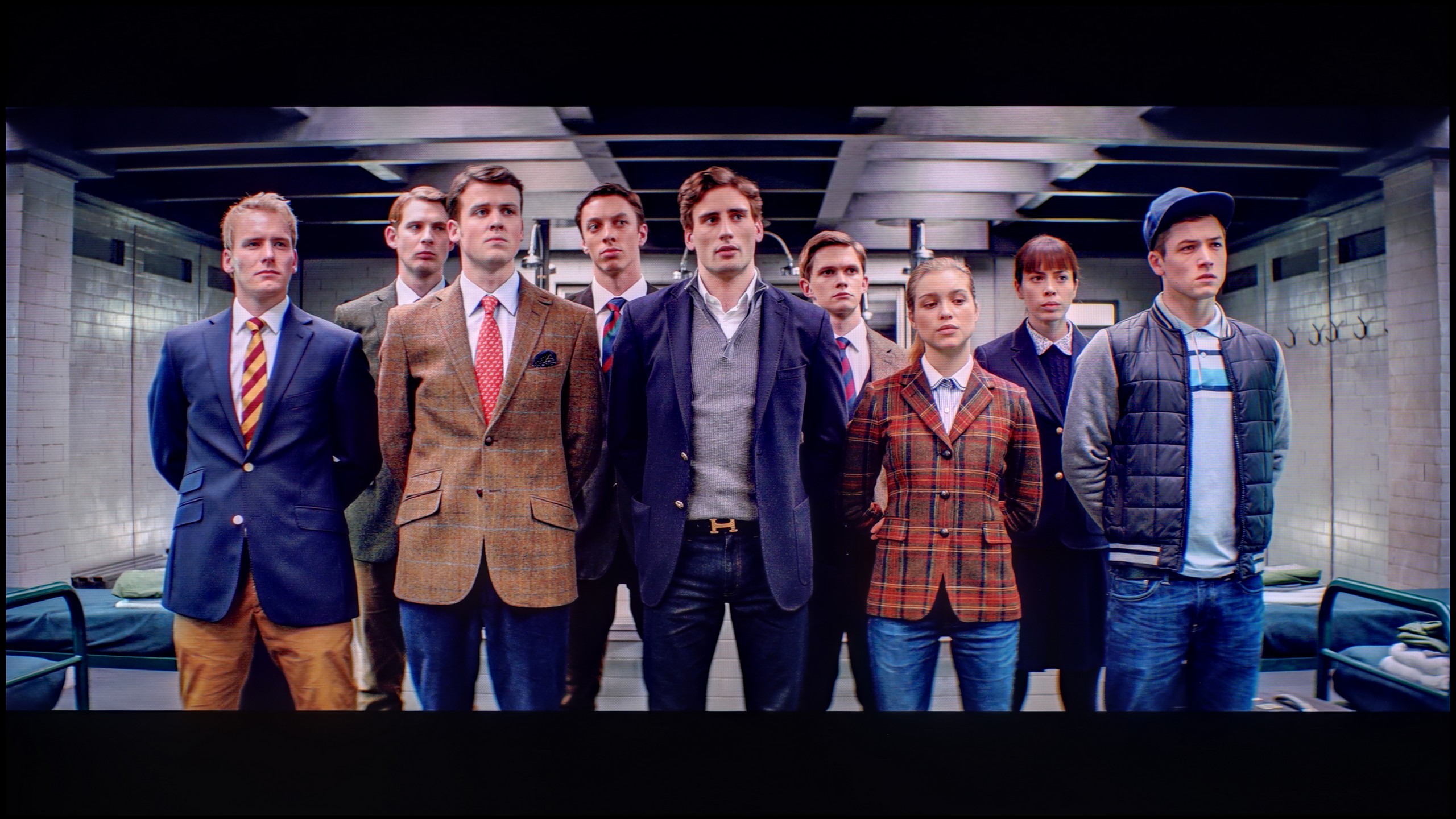

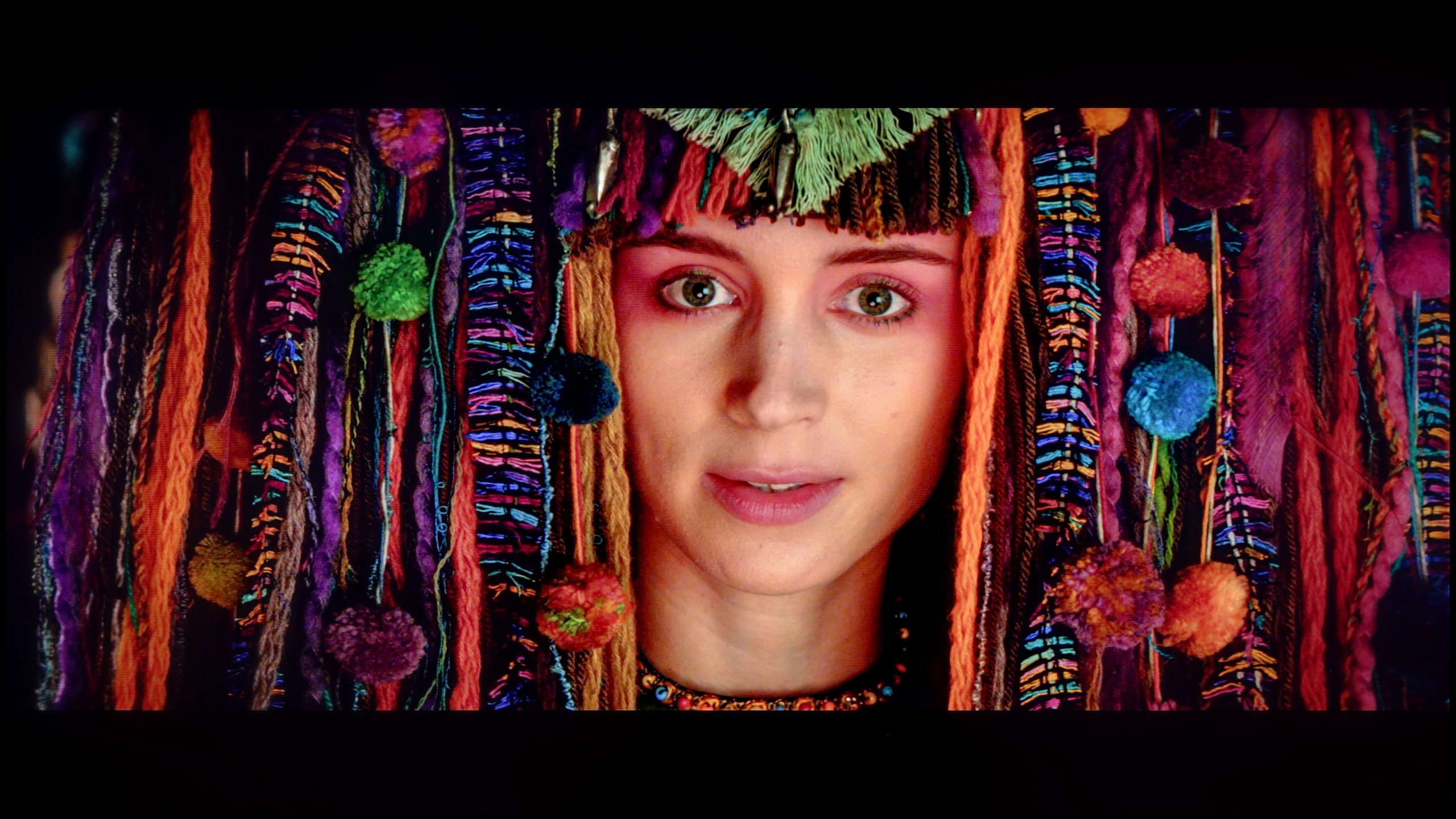
Sony BRAVIA XR70 offers a wide range of tools that allow you to customise the image to your own preferences, enabling significant adjustments to the settings. White balance has been freed from the red colour dominance issue – snow no longer takes on pink hues, which was previously noticeable. Although there are slight deviations in the final part of the white balance chart regarding a drop in blue colour, they are acceptable and difficult to notice in everyday use. The Colour Checker test confirms that colour reproduction errors are no longer as pronounced and rarely exceed a value of 2, which is a very good result. As for brightness, gamma, although it didn't require major improvement, has been slightly adjusted. However, the most significant change has been noted in the EOTF curve – the television no longer has issues with excessively brightening the entire image in 4K materials. However, upon closer examination and incorporating the EOTF characteristics in film materials, some limitations of the television become apparent due to the previously discussed dimming algorithm. Some small elements may be slightly more illuminated, but these errors are minor enough that most users won't notice them. Overall, the calibration results are very, very positive.
After conducting a thorough calibration, it was possible to bring most image parameters to a really good level. The white balance in both SDR and HDR presents itself almost perfectly – the image is natural, neutral, and free from the previously noticeable redness. Colours have gained depth, and the overall visual experience has become more pleasant and cohesive. It was also possible to partially manage brightness, which in the factory version could cause issues. The EOTF chart shows that the television performs much better with brightness after calibration – there is no longer excessive dimming of certain elements. In films, it can still be noticed that the QN80F has a tendency to slightly brighten the smallest bright details – this is already a consequence of the device's construction and the limited number of dimming zones. In short: not everything can be overcome, but what was possible has been improved. After calibration, the QN80F makes a really good impression, looking simply more mature and professional.
Smoothness of tonal transitions
9/10
9/10

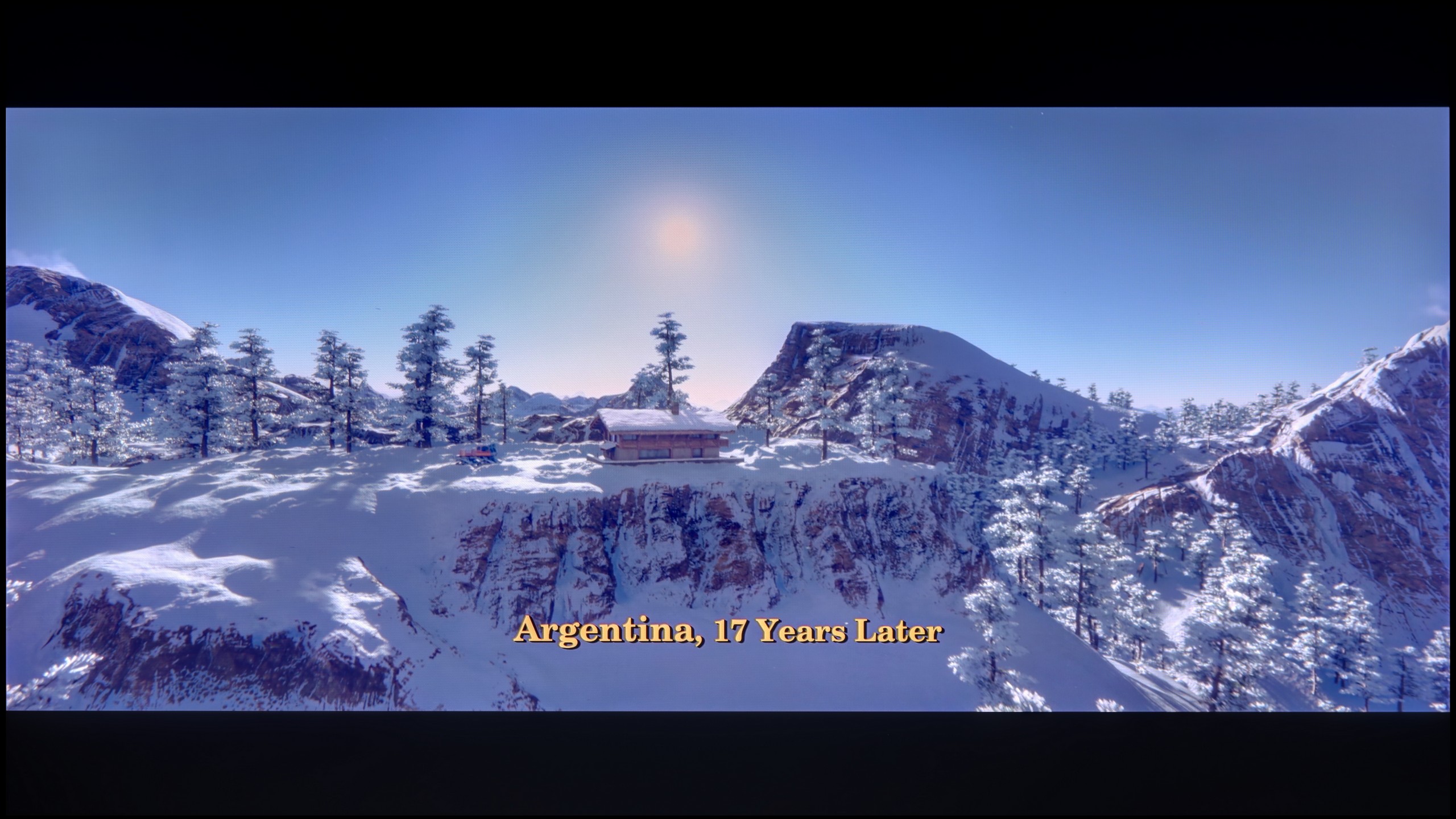

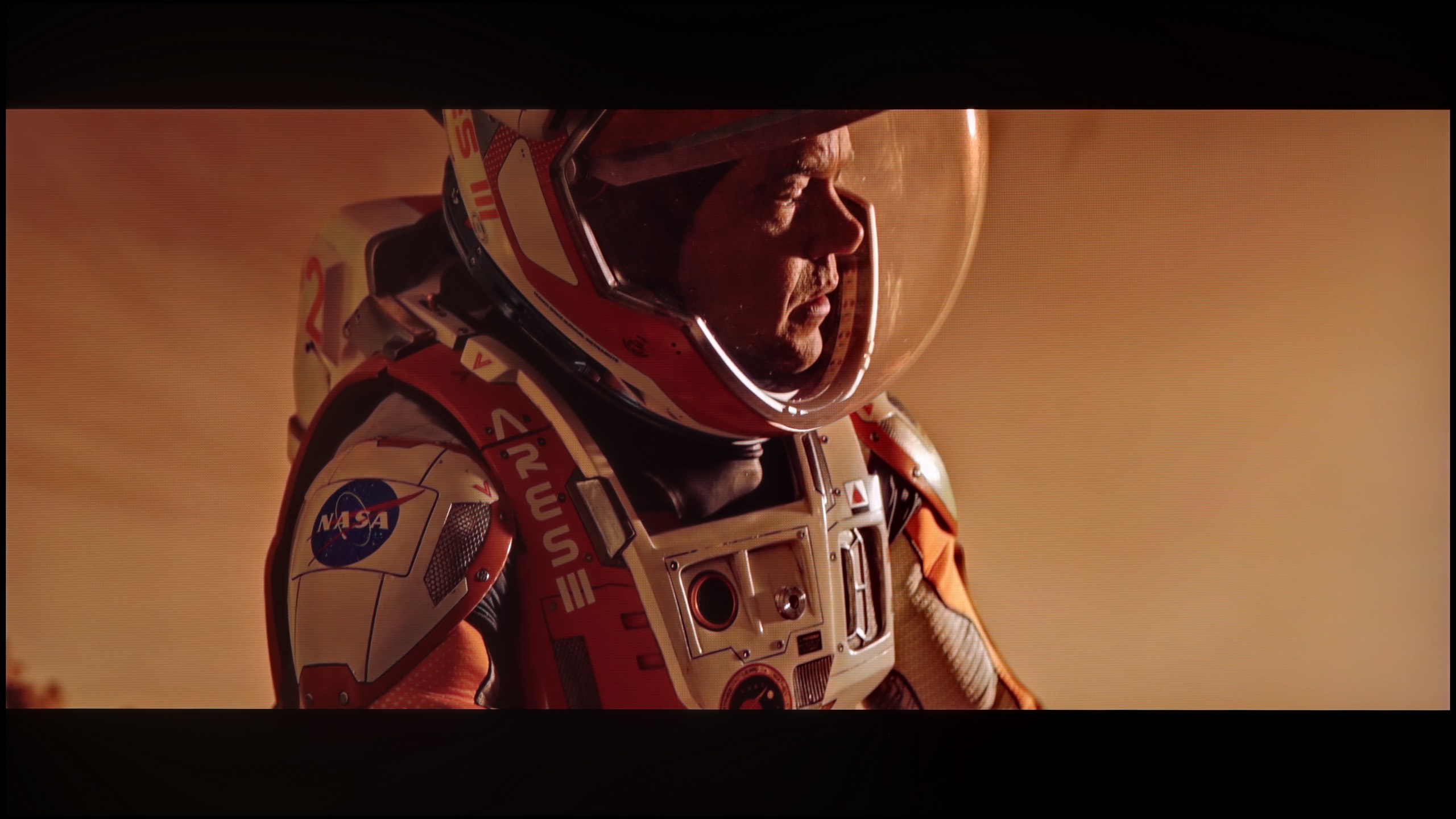

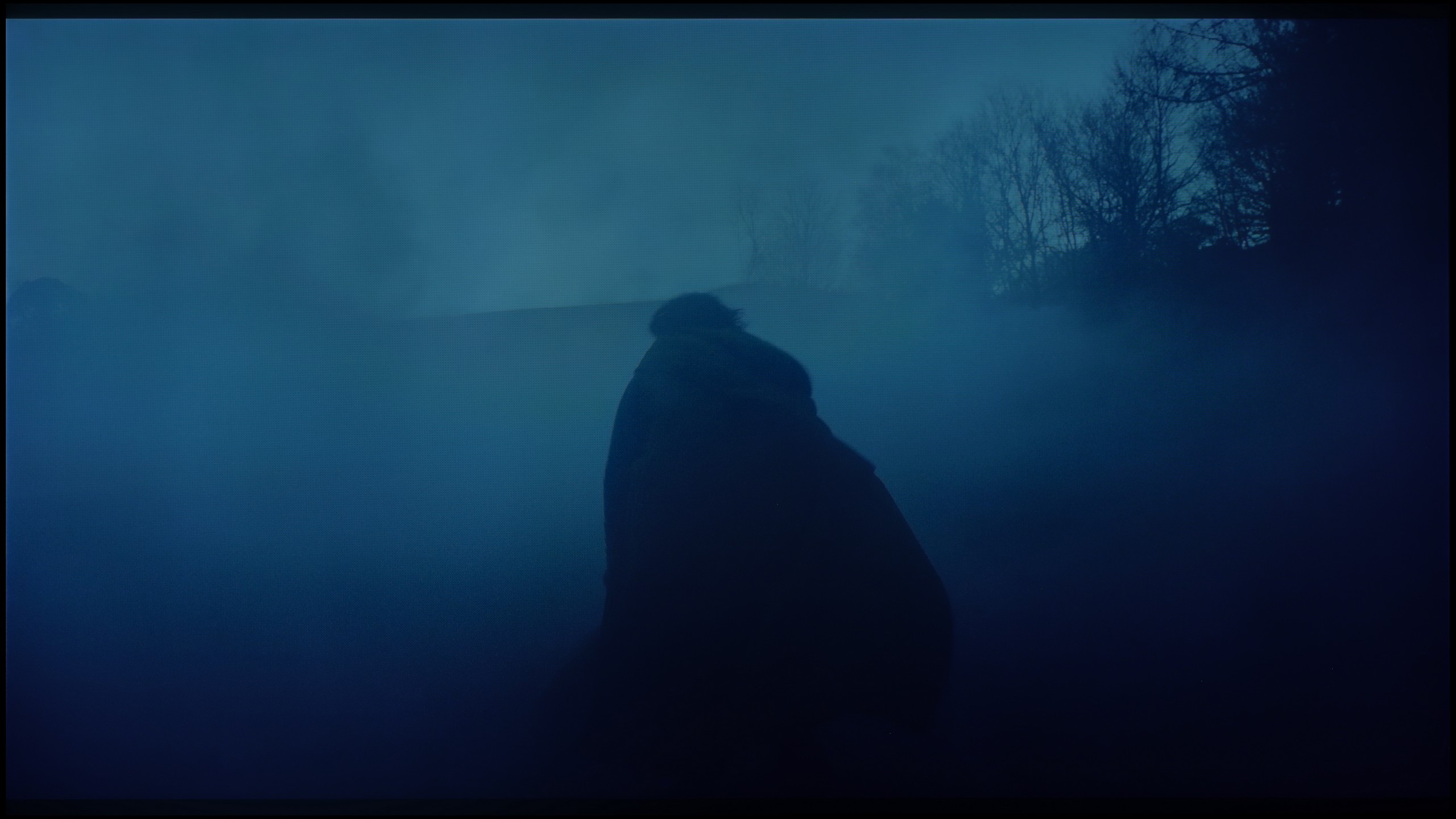

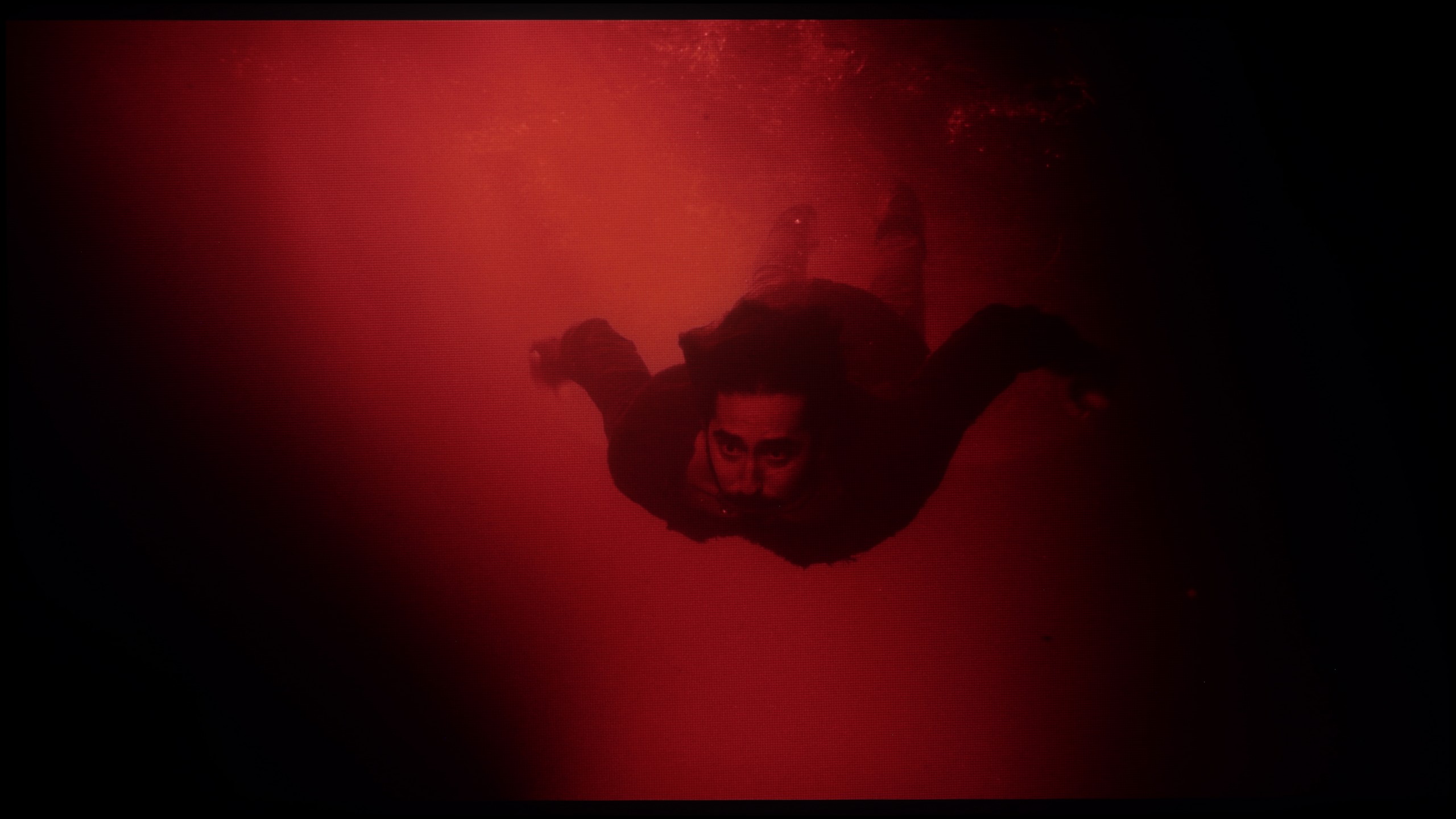




The Sony XR70 TV handles gradation exceptionally well. In the test sequence, only a few scenes show slight problems with tonal transitions in darker areas, but most of these issues disappear when the gentle gradation option is activated. Overall, the TV offers excellent gradation that will satisfy even the most demanding users.
In this regard, the QN80F really delivers. Transitions between colours are smooth, nothing tears, and there are no annoying bands in the sky or strange spots in the shadows. Movie scenes in darker tones performed particularly well – and that's where most televisions start to struggle. If you really focus, you might notice slight banding in the brightest areas, but that's really stretching it. In everyday viewing, no one should have a problem with this. To put it simply: the tonal transitions are so good that you can forget about them – and just enjoy the movie.
Image scaling and smoothness of tonal transitions
8.5/10
7/10
Smooth transition function

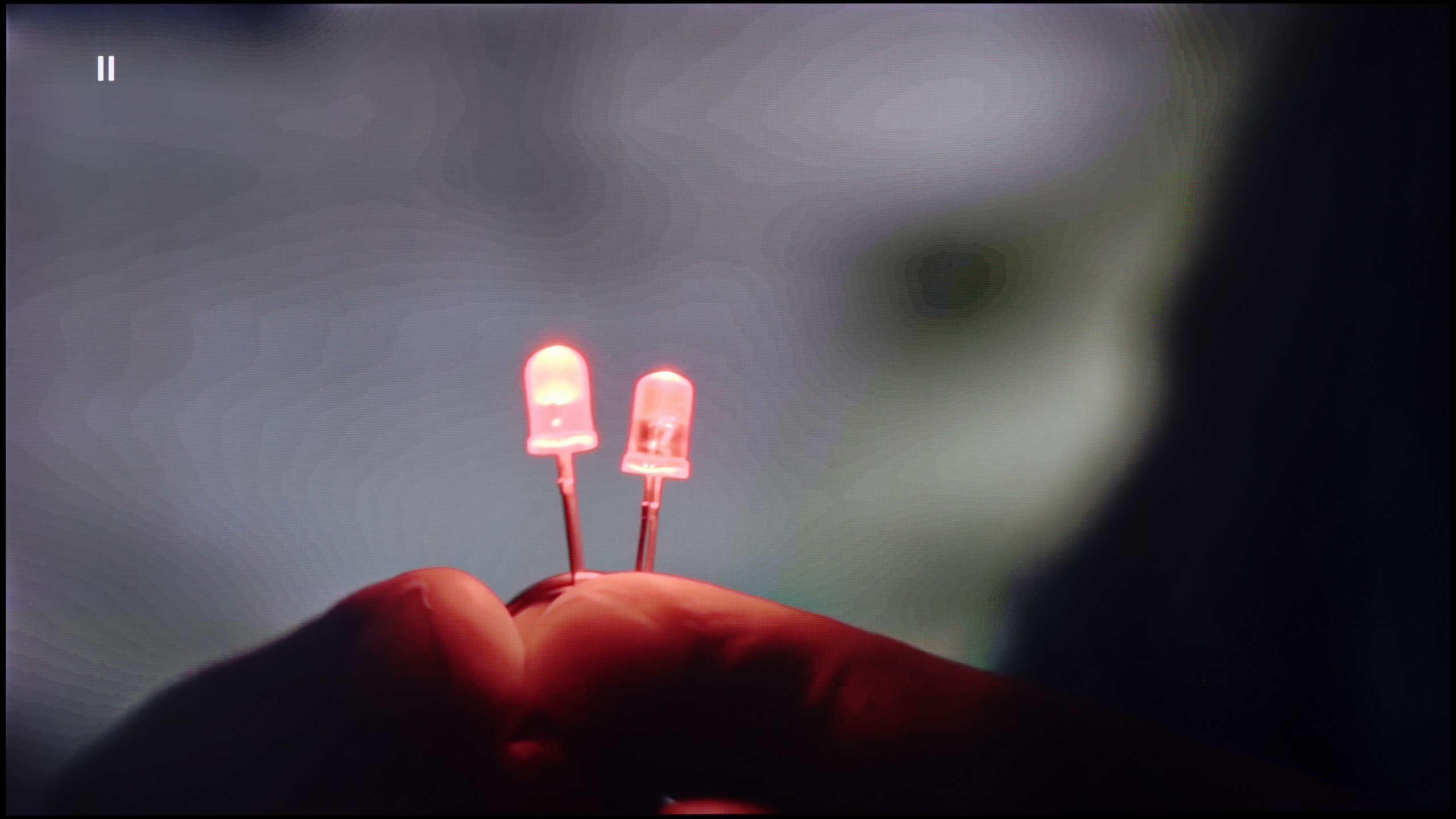
Image without overscan on the SD signal

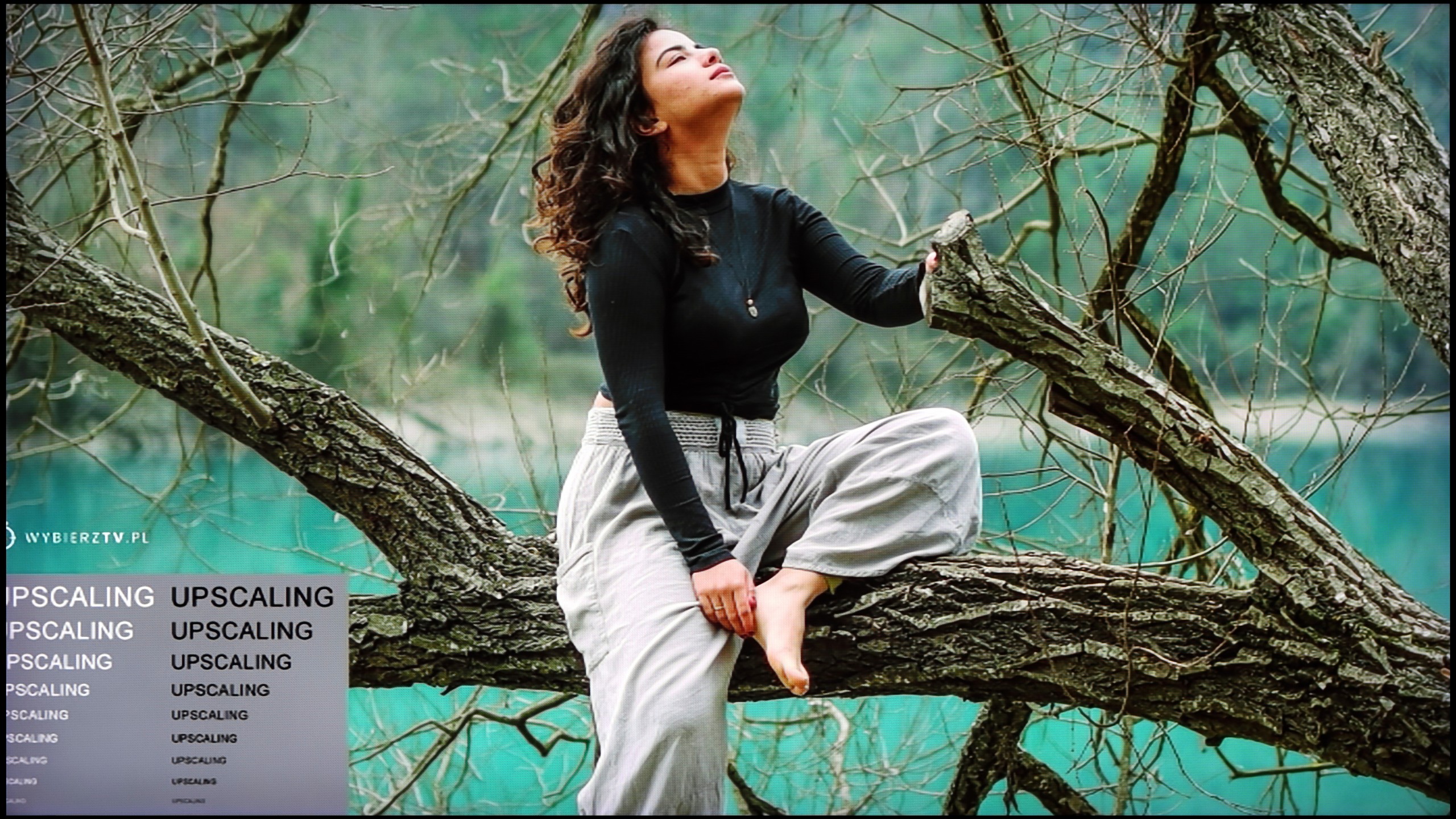
Since we know that the television handles high-quality content very well, it's worth checking how it performs with lower-quality material. Here, the television shows its potential, and the graphics processor used works remarkably well. On the test screen with the light bulb, there are no issues with colour blending, and the gentle gradation function works very well – we recommend setting it to "Medium".
When it comes to digital processing, or the so-called upscaling, the television sharpens the image quite significantly, which leads to a slight jaggedness, for example on branches in the background, but it doesn't remove desired details. Despite this, the overall appearance is really attractive and may appeal to most users. However, if you prefer a softer, more plastic image, you can reduce this effect in the settings by adjusting the sharpness level to your liking.
If you notice strange colour transitions or unwanted artefacts while watching lower quality materials – for example from YouTube – it's worth checking the settings and enabling the noise reduction feature. In our opinion, the best setting is at the 'medium' level – it effectively smooths out problematic colour transitions without overly blurring the entire image. However, it's important to know one thing: this option tends to remove film grain. If someone values preserving that effect (e.g., in older films), it's better to simply turn it off – regardless of the level, the grain always disappears.
Regarding resolution scaling (also known as upscaling), Samsung – as usual – performs very well in this area. The QN80F doesn't quite match the top models costing tens of thousands, but for its price class, it performs impressively. Materials of very poor quality (e.g., from SD television or older video files) are noticeably improved and look surprisingly decent. The only noticeable downside is the typical Samsung issue with overscan – which is a slight cropping of the image edges at very low resolutions, such as 576p.
Blur and motion smoothness
8.3/10
7.5/10

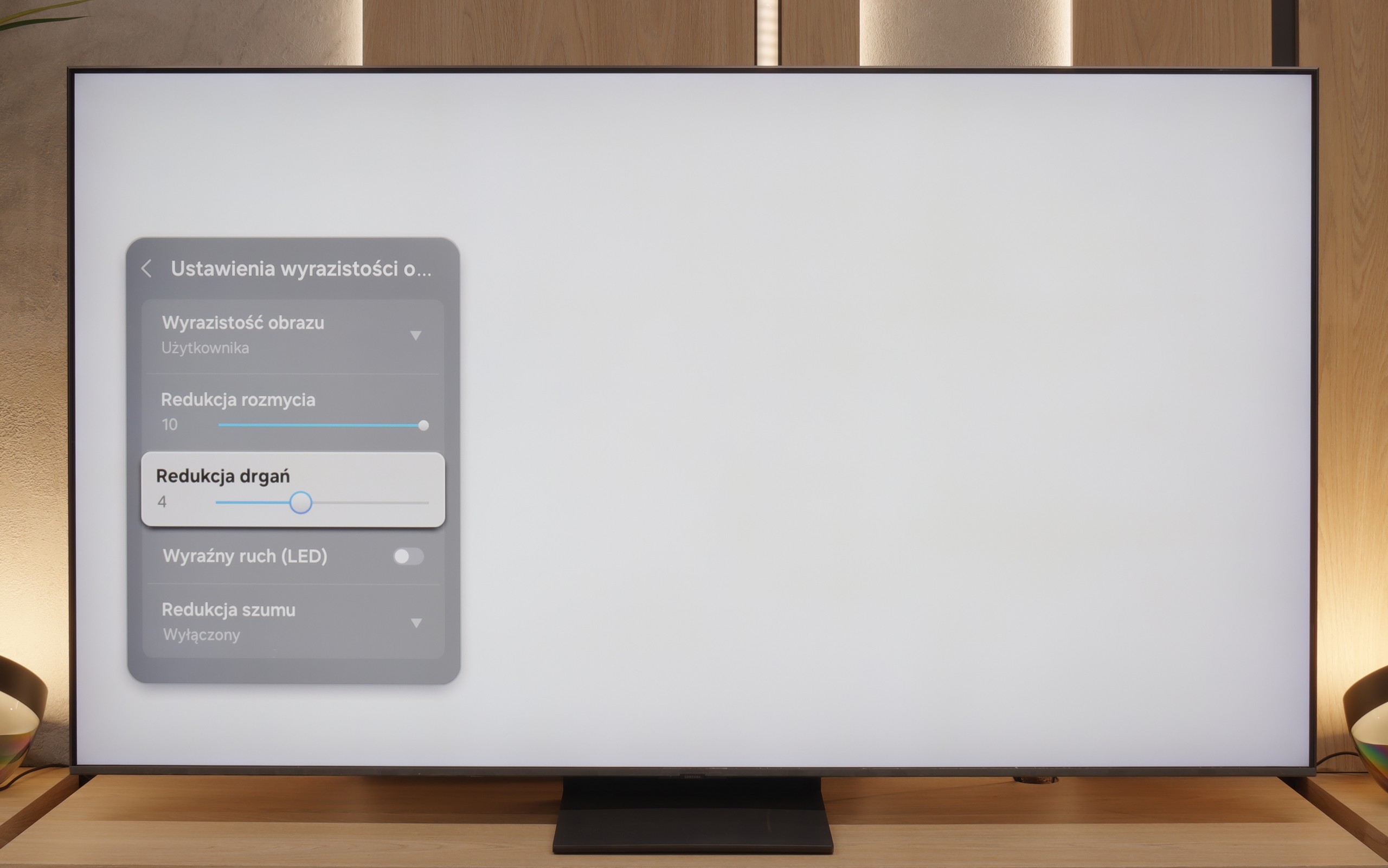
Blur (native resolution, maximum refresh rate):



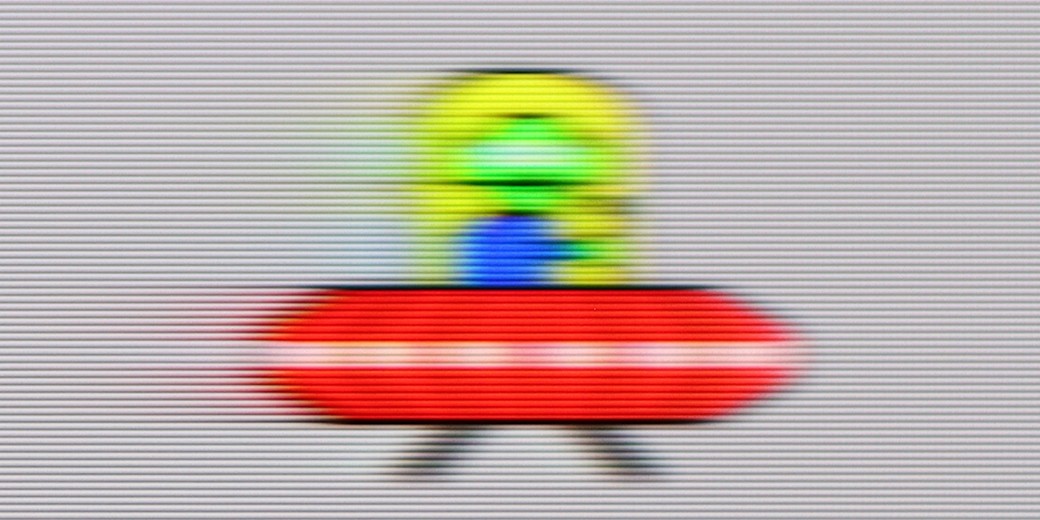
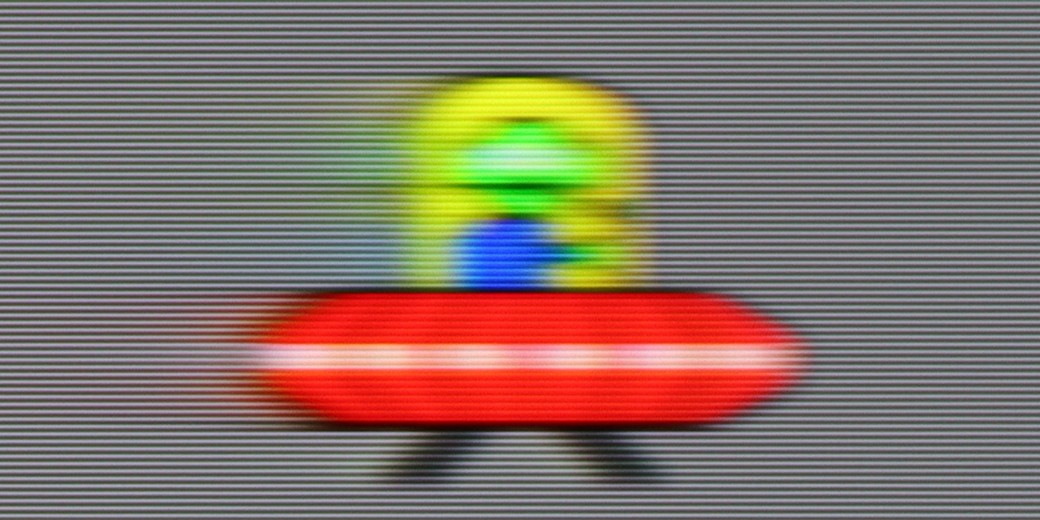
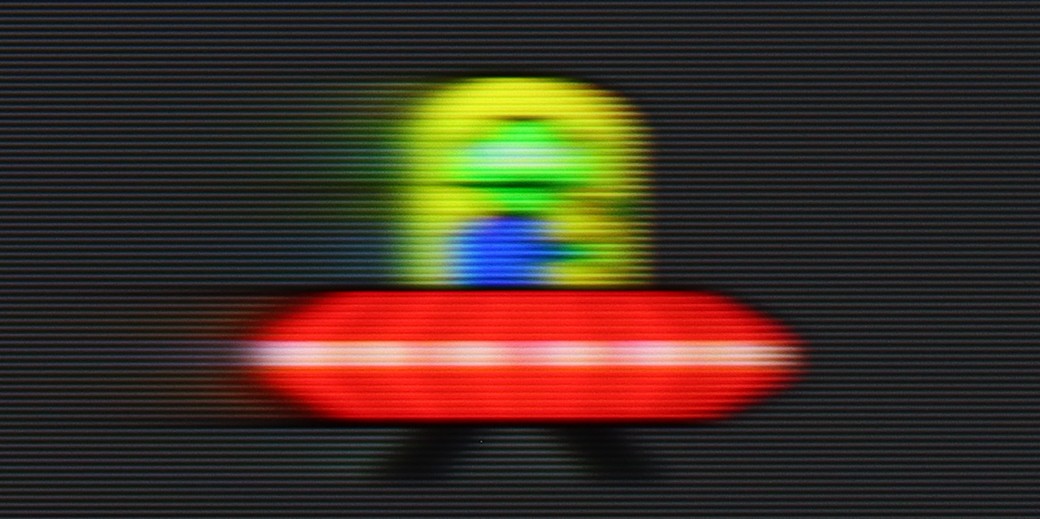
Blur (BFI function enabled):



Image flickers in this mode
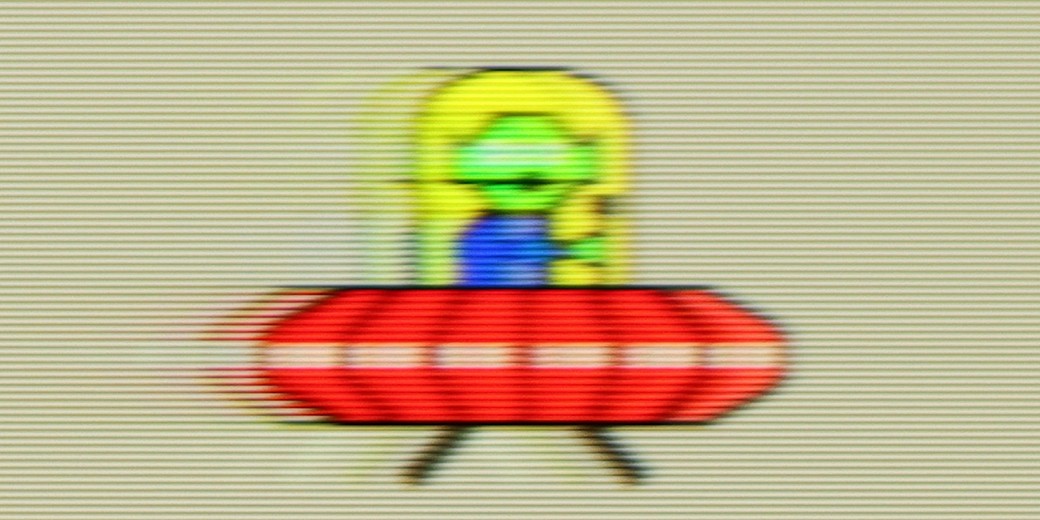
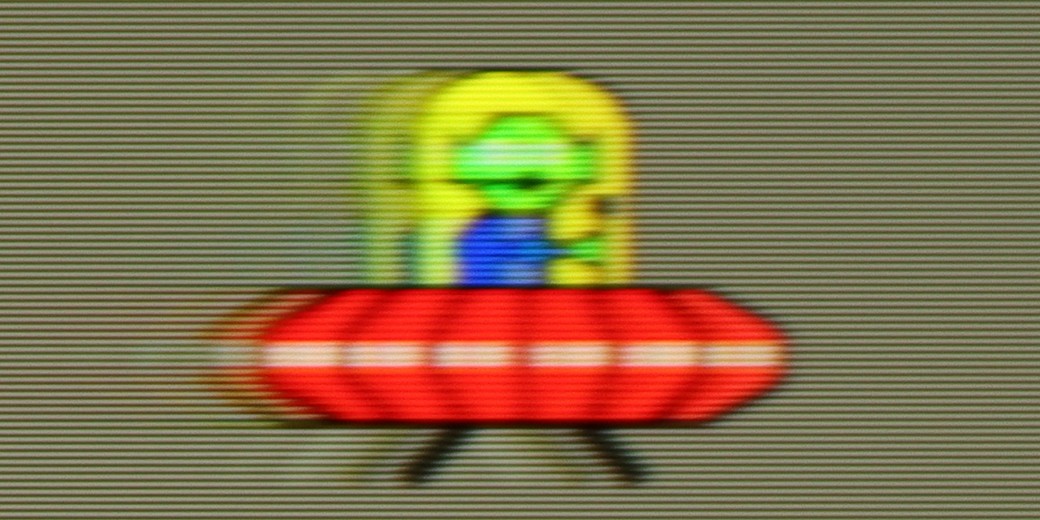
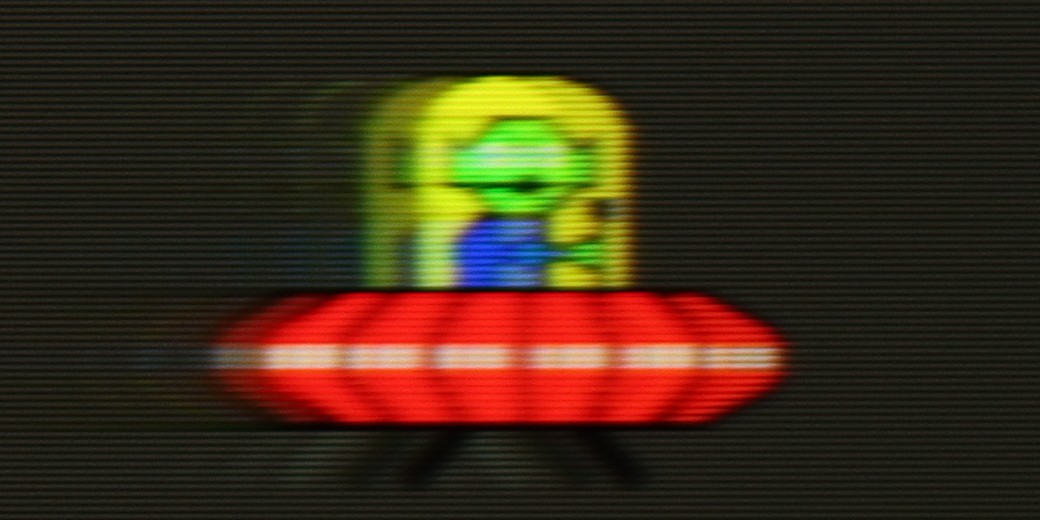
The Sony BRAVIA 7 TV with a 120 Hz panel will satisfy most users in terms of motion fluidity. Additionally, Sony offers a Motion Flow feature that allows for the selection of three different picture settings, adjusting them to personal preferences: Smoothness – Film: This setting improves motion fluidity, giving the image a more cinematic or theatrical quality. Smoothness – Camera: This setting provides even greater fluidity, useful for watching dynamic scenes like sports broadcasts. Clarity: This setting focuses on minimising noise and motion artifacts, resulting in a more stable and clear image.
QN80F is truly a “fast” TV. The panel used offers a refresh rate of up to 144 Hz, which in practice means that the screen keeps up with the action – whether we’re watching a movie, playing games, or browsing dynamic content online. The image doesn’t stutter, isn’t overly blurred, and everything simply looks smooth and pleasing to the eye. Of course, the manufacturer hasn’t forgotten about cinema fans – in the settings, we find an option to adjust motion smoothness, allowing us to tailor the effect to our own preferences. You can leave a more “frame-y” look (for those who enjoy the classic film vibe) or crank up the smoothness to a higher level to achieve a theatrical smoothing effect. Importantly, the choice is ours. Watching movies and playing on the QN80F is just plain fun.
Console compatibility and gaming features
8.1/10
8.2/10
- ALLM
- VRR
- VRR range48 - 120Hz48 - 144Hz
- Dolby Vision Game Mode
- Correct implementation of HGIG
- 1080p@120Hz
- 1440p@120Hz
- 4K@120Hz
- Game bar

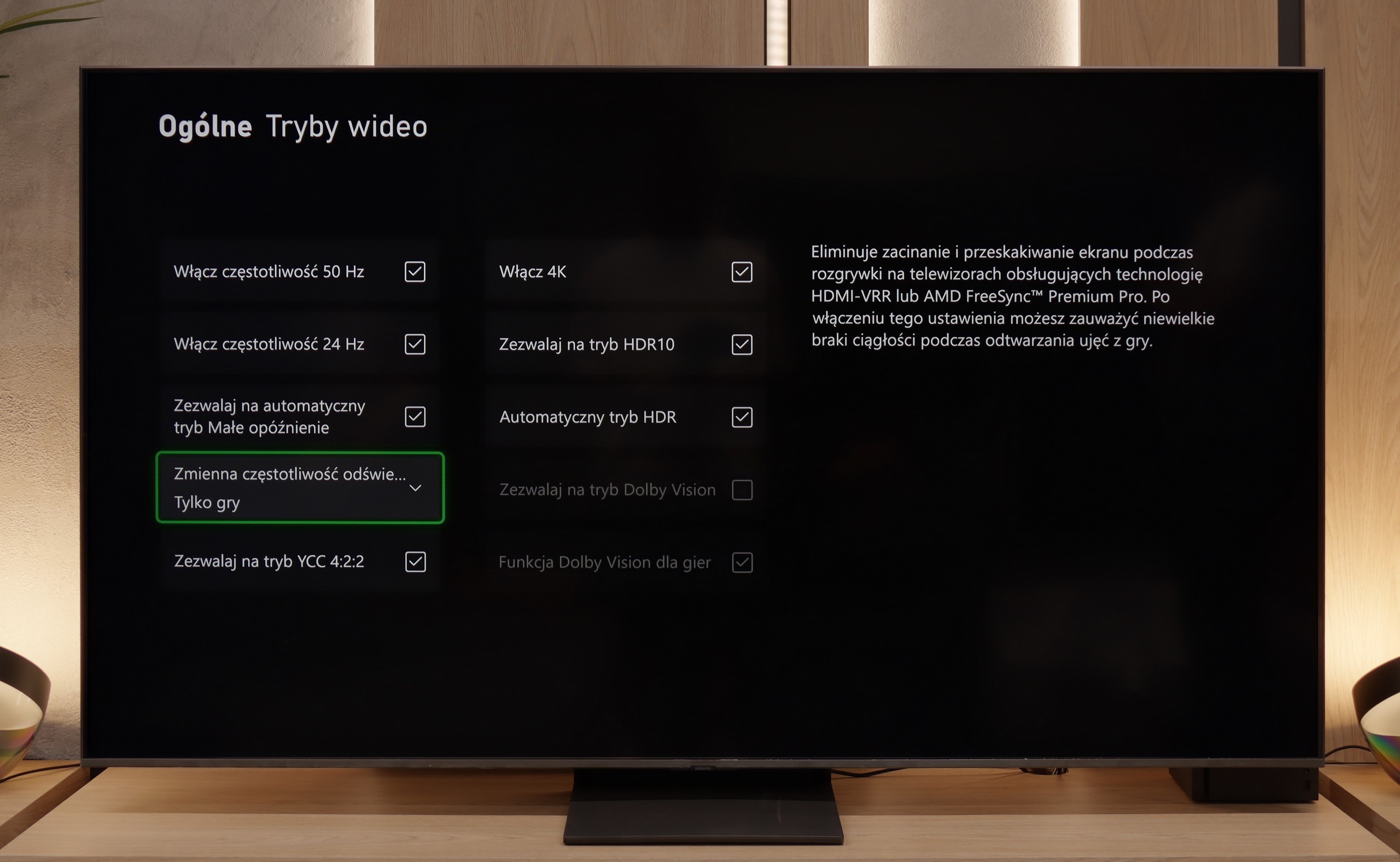

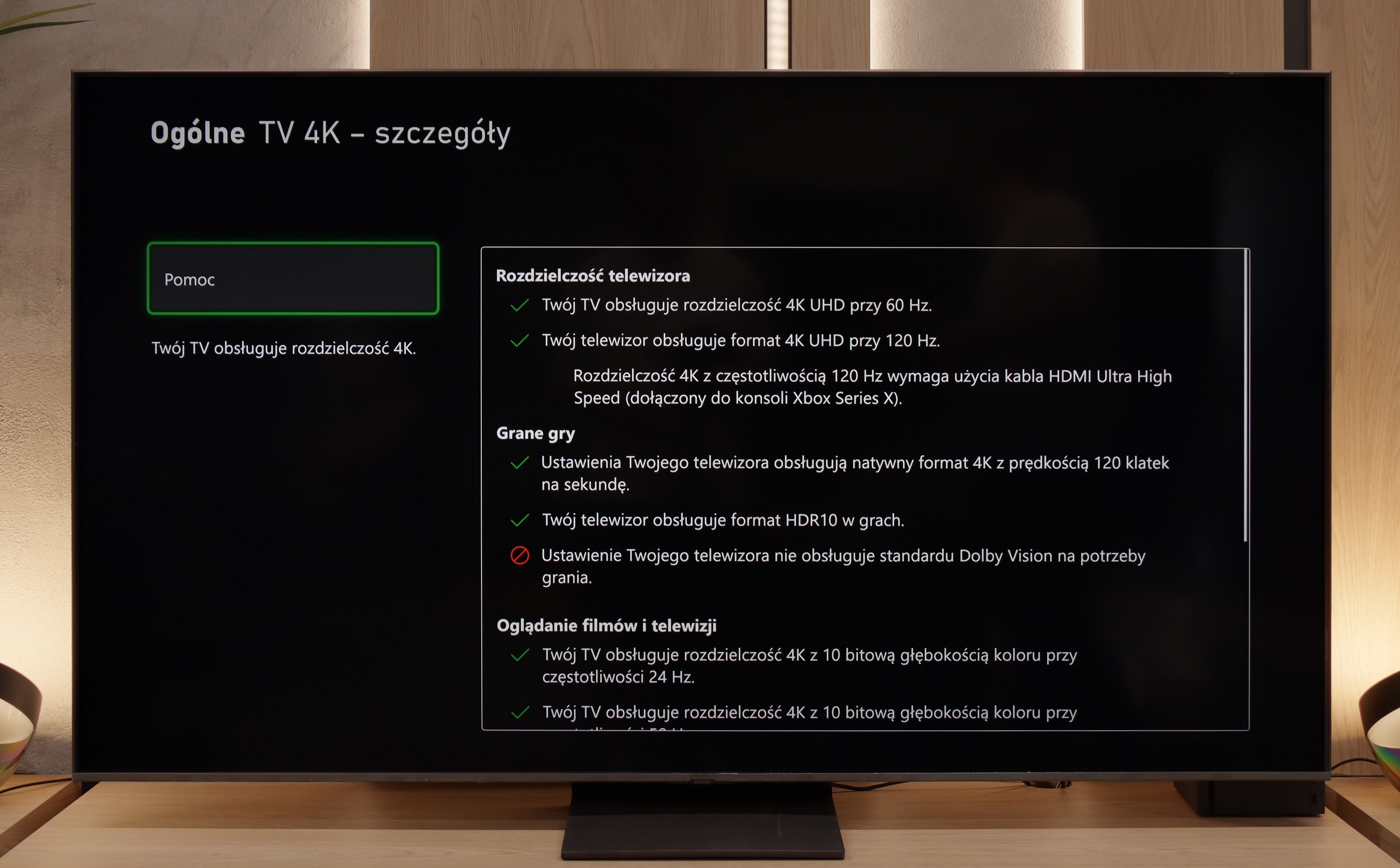

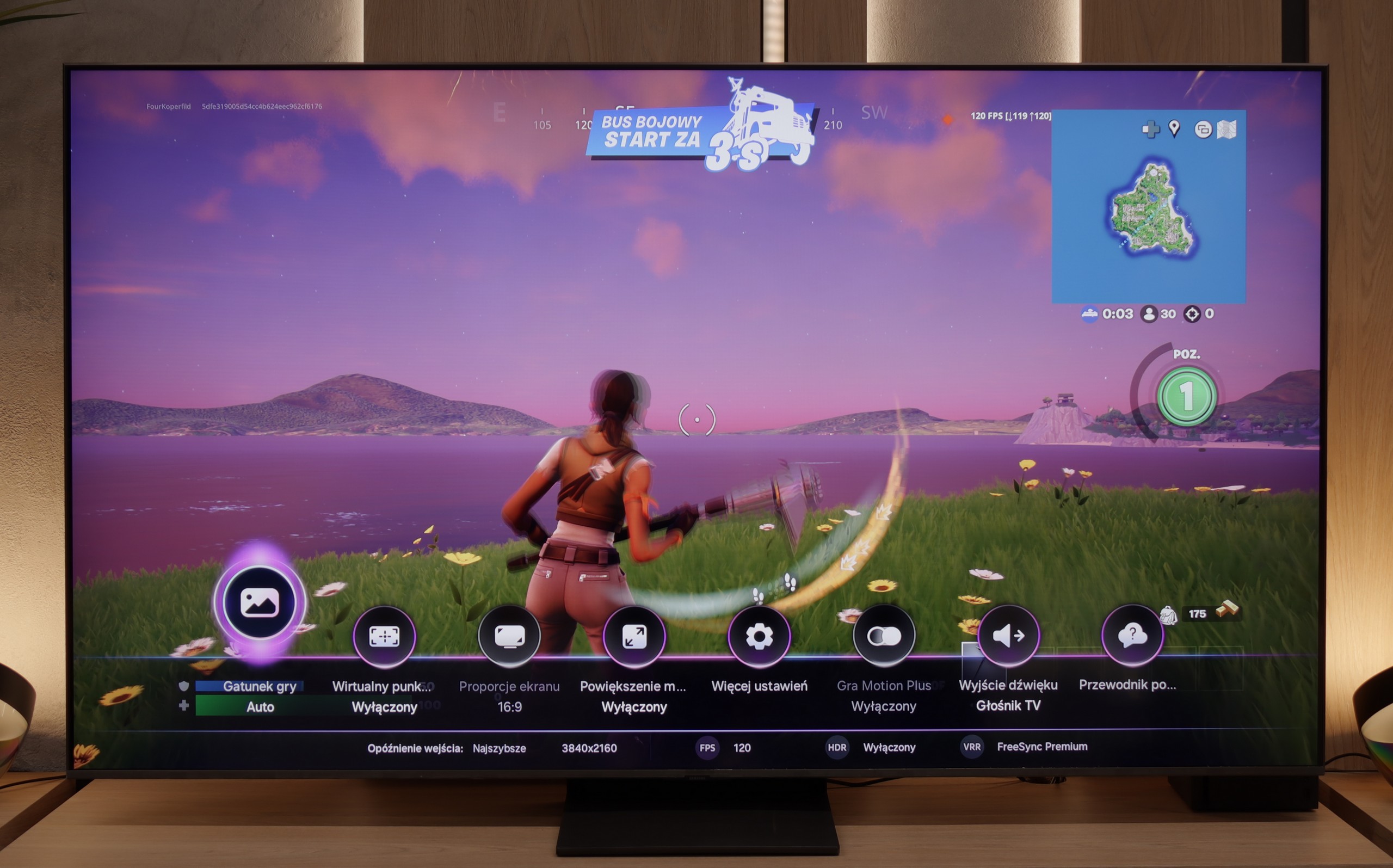

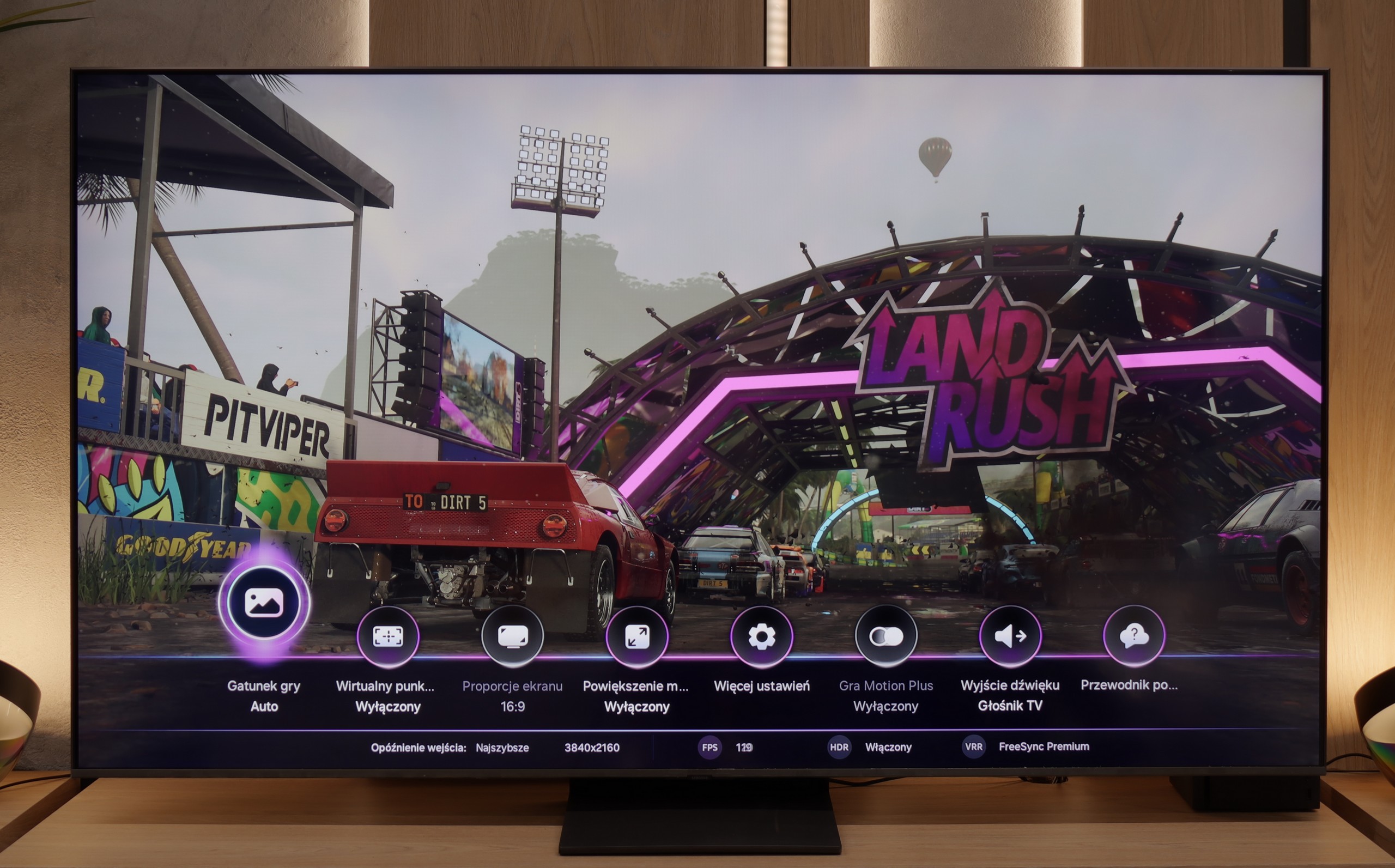
Sony Bravia 7 has significantly improved its capabilities in terms of compatibility with consoles compared to earlier models. The TV supports variable refresh rate (VRR), which eliminates screen tearing, and it syncs with graphics cards to ensure smooth display. The automatic low latency mode (ALLM) effectively reduces input lag, which is crucial in dynamic games. Dolby Vision with low latency further delivers impressive HDR effects that look great during gameplay.
Sony Bravia 7 also offers a Game Bar feature, providing quick access to settings and monitoring parameters while gaming. An interesting option is the ability to enable a virtual on-screen reticle, which can give a slight advantage in shooter games. However, compared to the Bravia 9 model, the HGIG feature in the Bravia 7 doesn't perform as well, which may be noticeable for more demanding gamers – particularly as the HGIG mode is becoming increasingly popular among gamers as the preferred method for reproducing HDR effects.
A downside is the lack of support for 1440p@120 Hz resolution, which could make gaming easier for users with less powerful graphics cards. Additionally, the Sony Bravia 7 is equipped with two HDMI 2.1 ports, one of which is often used to connect an audio system via eARC, limiting the number of available ports for connecting next-gen consoles.
Samsung QN80F is a TV that delivers on almost every front when it comes to gaming. We have a 144 Hz panel, four fully-fledged HDMI 2.1 ports, support for gamers in the form of variable refresh rate (VRR), auto low latency mode (ALLM), and even one of the best-designed game bars on the market. The cherry on top is the motion smoother, which – as the only one in the world – works in games without significantly increasing input lag. Sounds like an almost perfect TV for gamers? And indeed, it’s almost that.
As usual, Samsung does not support Dolby Vision in gaming, but that’s no surprise anymore. However, what is much more surprising is that... the HGIG feature has disappeared – which is a system that allows a console (e.g. PlayStation 5 or Xbox Series X) to precisely match HDR tone mapping to the capabilities of the TV. In the latest firmware update for the 2025 models, this option simply vanished. It looks more like a bug than a deliberate move, but it must be honestly noted that as of the writing of this review, the HGIG feature is simply absent.
And it’s this one missing feature that turns the QN80F from an almost perfect gaming TV into a “nearly” perfect device. It’s a pity – because everything else indicated that Samsung could once again set the bar very high in this generation.
Input lag
9.7/10
9.8/10
SDR
HDR
Dolby Vision
Sony BRAVIA 7 delivers outstanding results in terms of input lag, especially with 120 Hz materials, where the delay is around 11 ms – this is an excellent result that will satisfy even the most demanding gamers. The Dolby Vision mode also deserves recognition, as it is usually associated with higher input lag, yet here it performs really well, providing a comfortable gaming experience. However, we deducted 0.3 points for results above 20 ms for 60 Hz content, although we believe that for most users, this difference is more of a placebo effect.
The QN80F doesn't disappoint when it comes to response time. The input lag for 120 Hz content drops below 10 ms, which can be considered an almost perfect result – it's hard to expect more in this class of televisions. Gaming is smooth, responsive, and without delays that could annoy even the most sensitive players. For 60 Hz material, the lag is higher, around 19 ms, but this is a completely natural phenomenon and still falls within comfortable limits.
Compatibility with PC
7.6/10
8.8/10

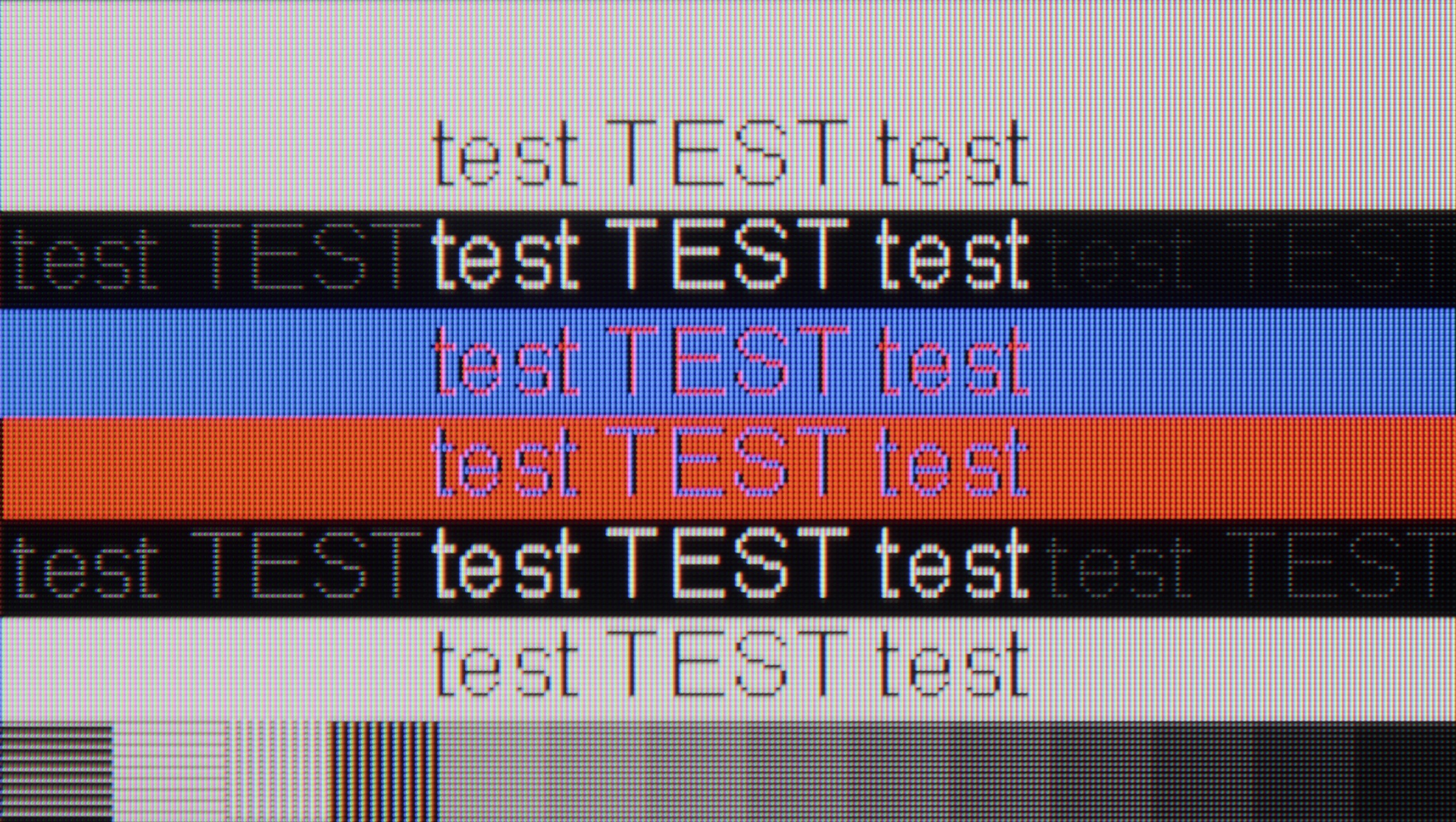
The Sony BRAVIA 7 television works well with computers, providing clear and legible fonts. An input lag of 11 ms is also an excellent result that will satisfy users using the television for gaming and work. However, it should be mentioned that in the case of grey letters, some slight fading of certain pixels can be observed, which somewhat affects the readability of darker fonts, for which we deducted a few points.
Playing on the QN80F with a computer connected is pure delight. The television works seamlessly with NVIDIA graphics cards (thanks to G-Sync support) and AMD (thanks to FreeSync Premium), and the 144 Hz refresh rate only enhances comfort during fast-paced gaming. Everything works right away, without unnecessary fiddling with settings – just as it should.
When it comes to work, it's very good as well. The readability of fonts is high, and texts look sharp and clear. With very thin horizontal lines, you might notice slight imperfections or shadows, but honestly – you have to take a good look. Unless, like us, you sometimes like to examine the screen with a magnifying glass… then you might spot something 😉.
Viewing angles
3.4/10
3.1/10
The Sony BRAVIA 7 TV has poor viewing angles, which is typical for VA panels. The picture quickly loses quality when viewed from a greater angle – colours become washed out and contrast decreases. Considering the price of the device, it's a shame that a coating wasn't applied to enhance the viewing angles, which would certainly improve the viewing experience from different spots in the room.
QN80F, like most TVs with a VA panel, isn't impressive in terms of viewing angles. Just tilt a bit to the side, and you'll notice a significant drop in brightness and lost colour saturation. The image loses its "depth" and "vividness", and darker scenes may appear slightly washed out. However, this is a typical characteristic of VA panels, which offer significantly better native contrast compared to IPS panels in return. In short: you win some, you lose some. If you're sitting directly in front of the screen – there won't be any issues. But when watching together in a larger group, it's worth keeping this in mind.
TV efficiency during daytime
8.4/10
6.6/10

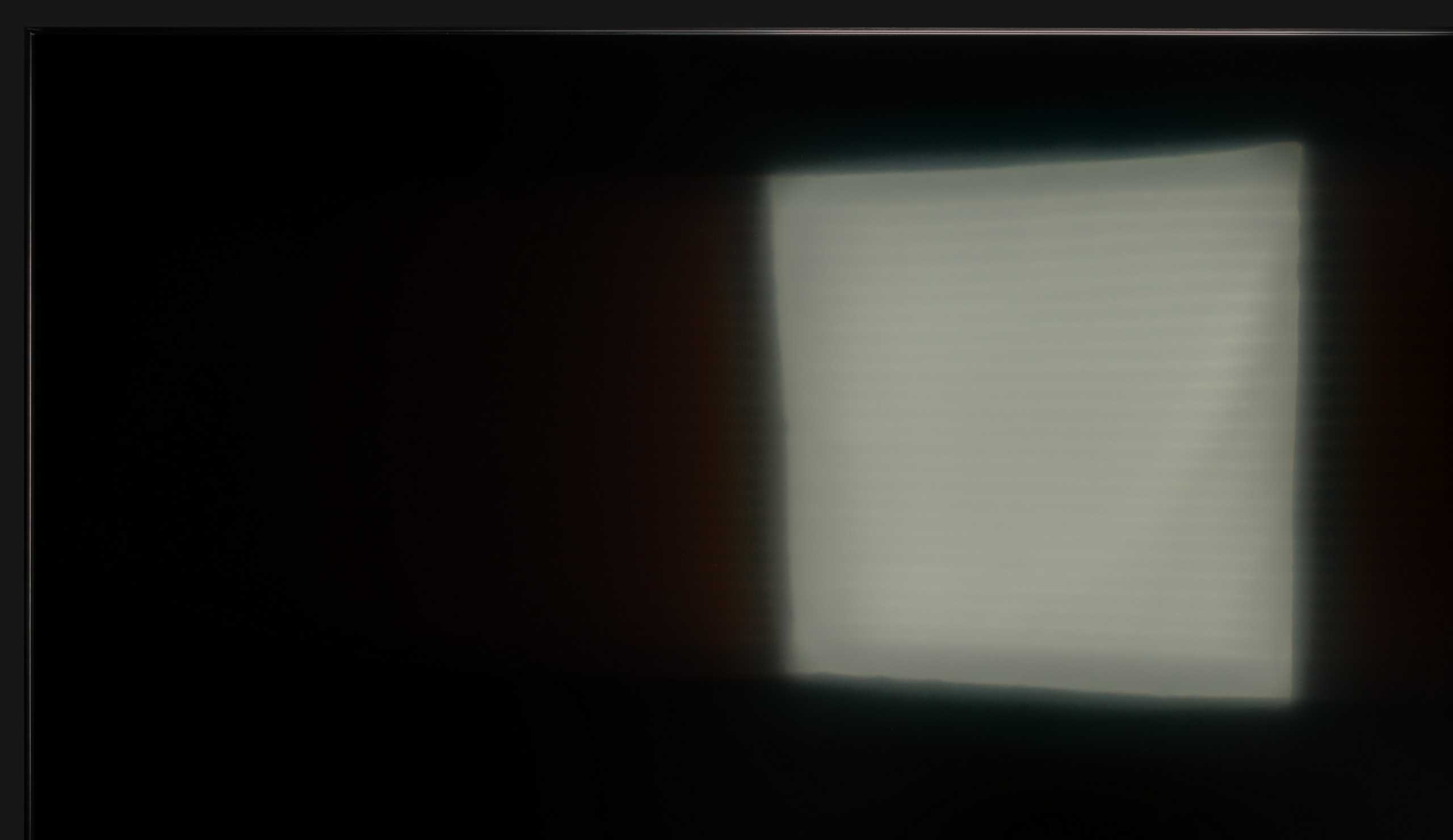

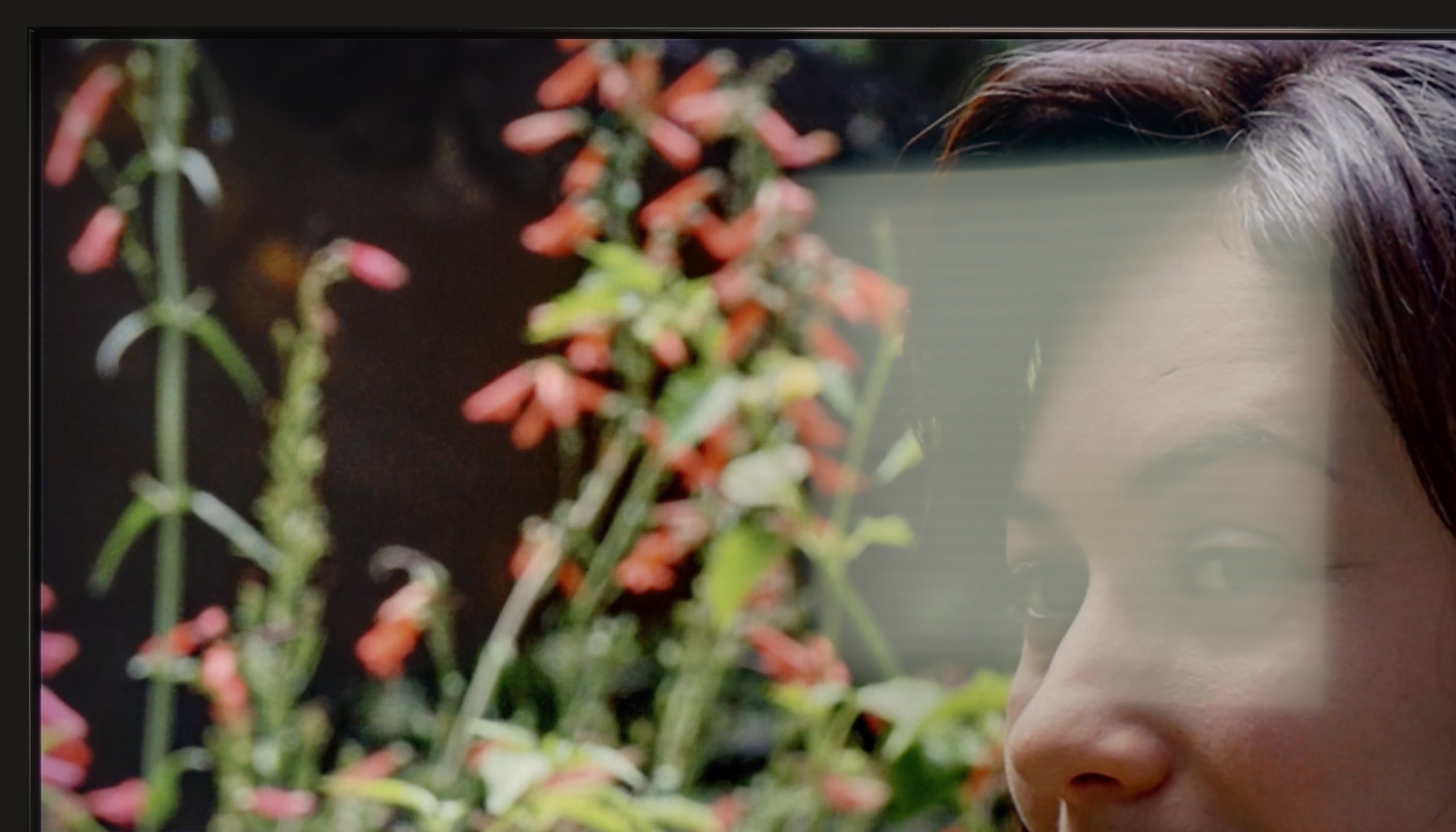
Matrix brightness
Average luminance SDR
SAMSUNG QN80F: 543 cd/m2
Sony Bravia 7 (XR70): 1014 cd/m2
BRAVIA 7 performs exceptionally well in bright surroundings. The satin finish effectively reduces reflections, while causing minimal side blur, resulting in very good visibility during the day. A brightness level of 1000 cd/m² in SDR mode is astonishing and ensures that the picture remains clear even in brightly lit rooms.
QN80F is really a bright television. The average brightness in SDR material is around 550 nits, regardless of the scene, which practically means that you can comfortably watch content even in a well-lit room – and there’s no need to close the blinds every time we turn on a film. The new satin coating on the panel also deserves praise, as it handles glare much better compared to last year's QN80D. Reflections are less bothersome, and the screen maintains readability in various lighting conditions. It’s hard to nitpick here – the QN80F performs simply brilliantly during the day.
Details about the matrix
Subpixel Structure:

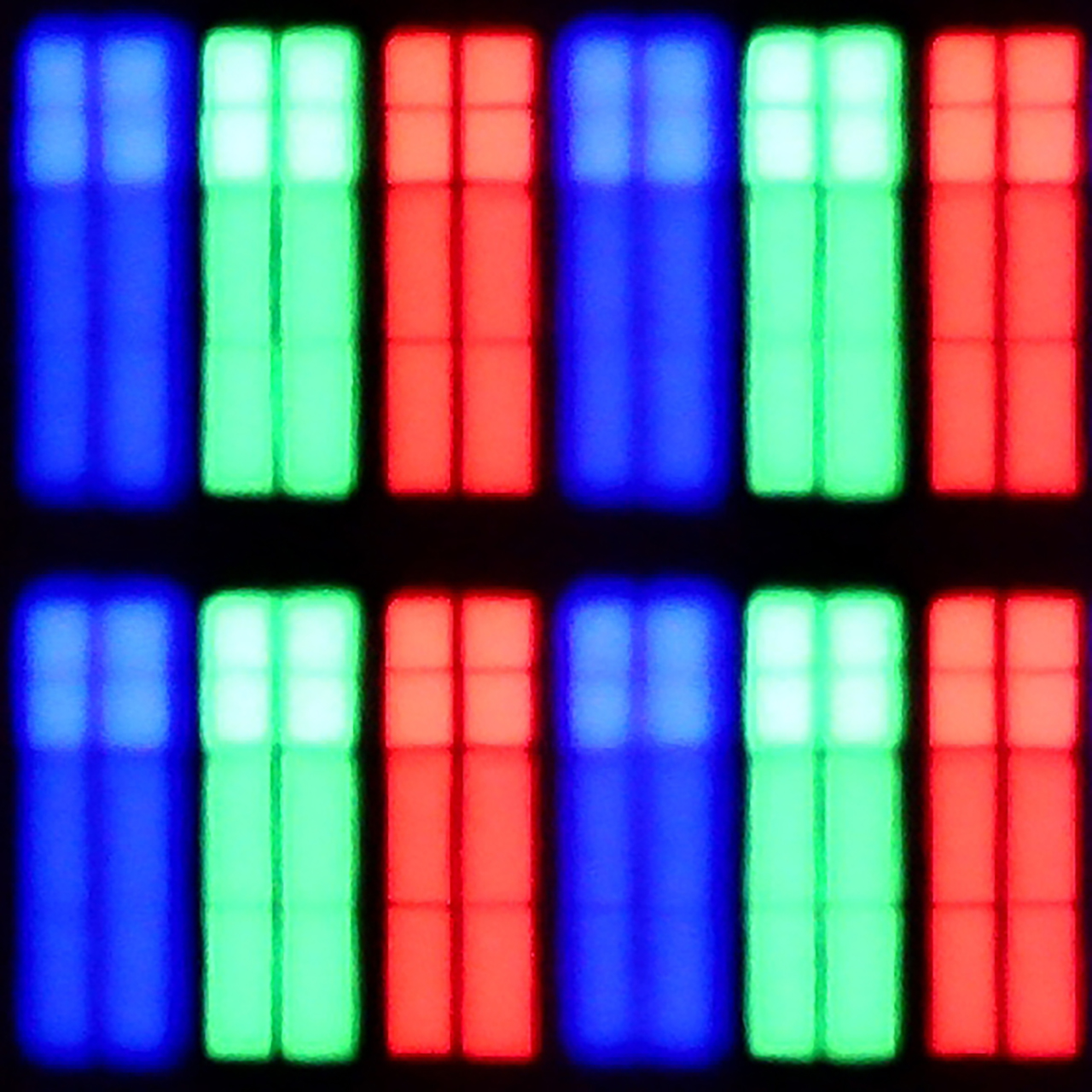
Panel uniformity and thermal imaging:

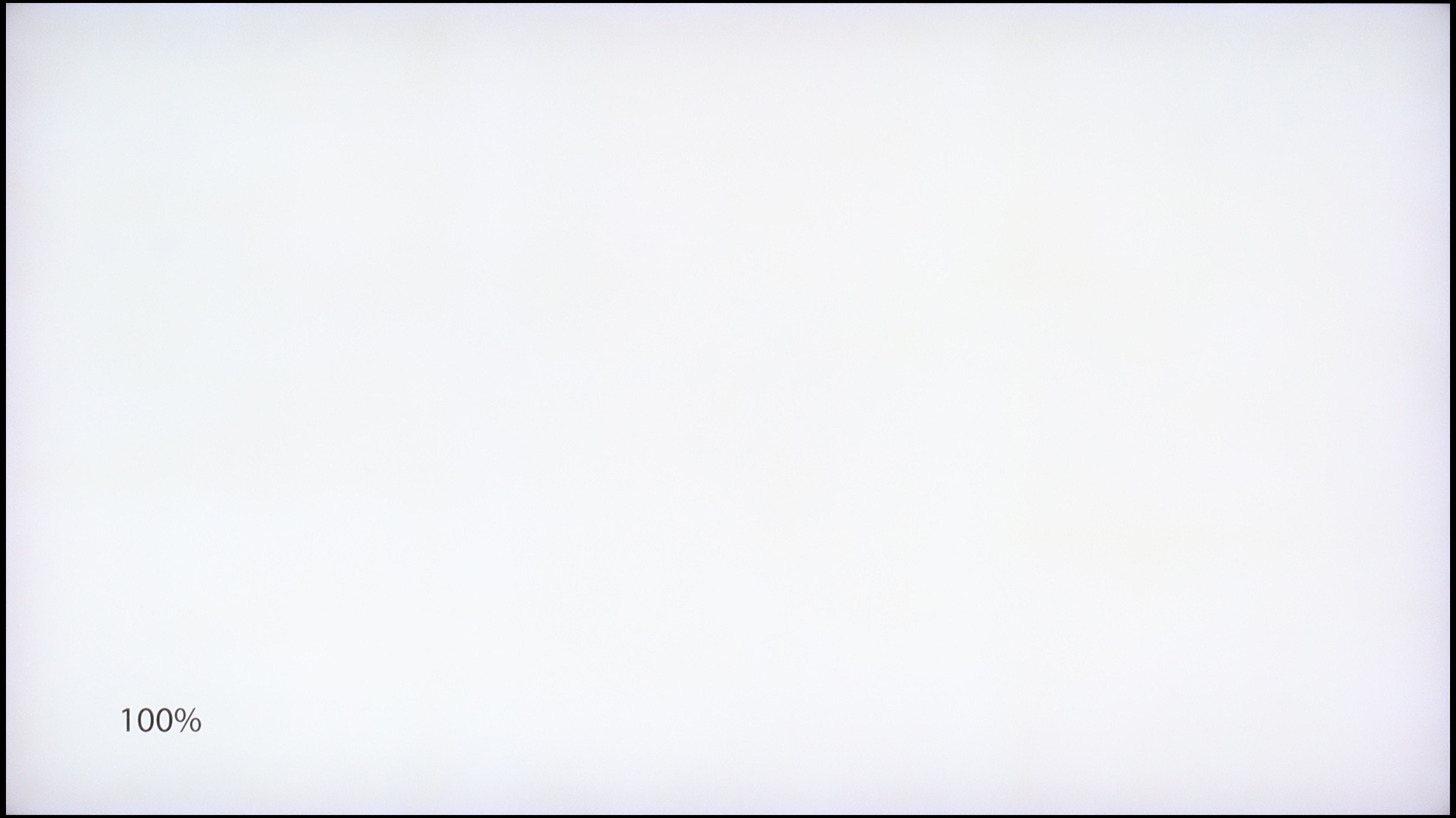
Sony Bravia 7 (XR70)
SAMSUNG QN80F
TV features
8.8/10
7.7/10
- HDMI inputs2 x HDMI 2.0, 2 x HDMI 2.1 48Gbps0 x HDMI 2.0, 4 x HDMI 2.1 48Gbps
- OutputsToslink (Optical audio), eARC (HDMI), ARC (HDMI)Toslink (Optical audio), eARC (HDMI), ARC (HDMI)
- Network InterfacesWi-Fi 2.4GHz, Wi-Fi 5GHz, Ethernet (LAN) 100MbpsWi-Fi 2.4GHz, Wi-Fi 5GHz, Ethernet (LAN) 100Mbps
- TV receptionDVB-T, DVB-T2, DVB-S, DVB-S2, DVB-CDVB-T, DVB-T2, DVB-S, DVB-S2, DVB-C
Classic features:
- Recording to USB (terrestrial TV)
- Recording programming
- Picture in Picture (PiP)
- RF remote control (no need to aim at the screen)
- Backlit remote control
- Teletext
- Audio only mode
- Bluetooth headphones support
- Simultaneous Bluetooth headphones & TV audio
Smart features:
- AirPlay
- Screen mirroring (Windows Miracast)
- Voice search
- Voice search in native language
- Ability to connect a keyboard and mouse


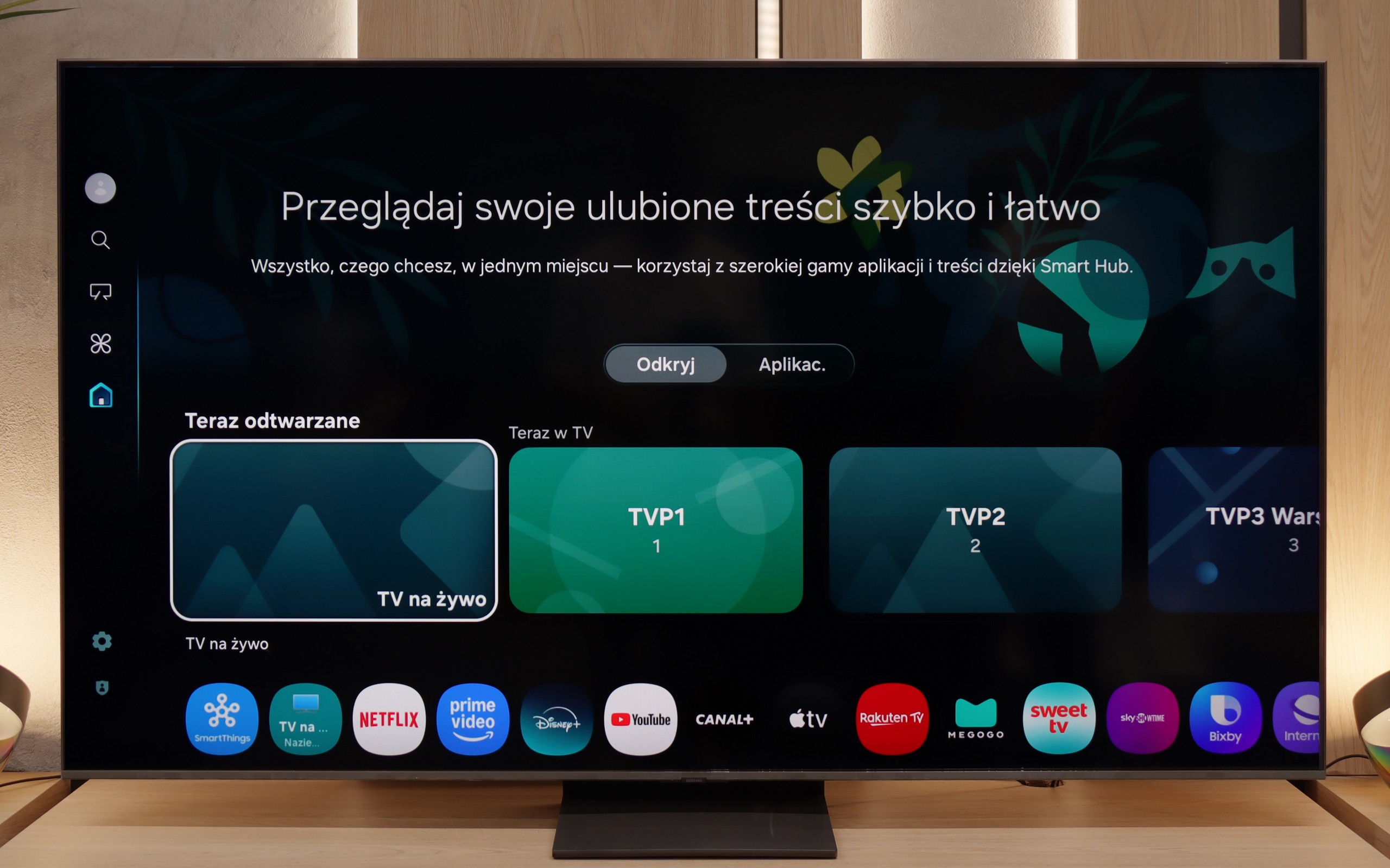
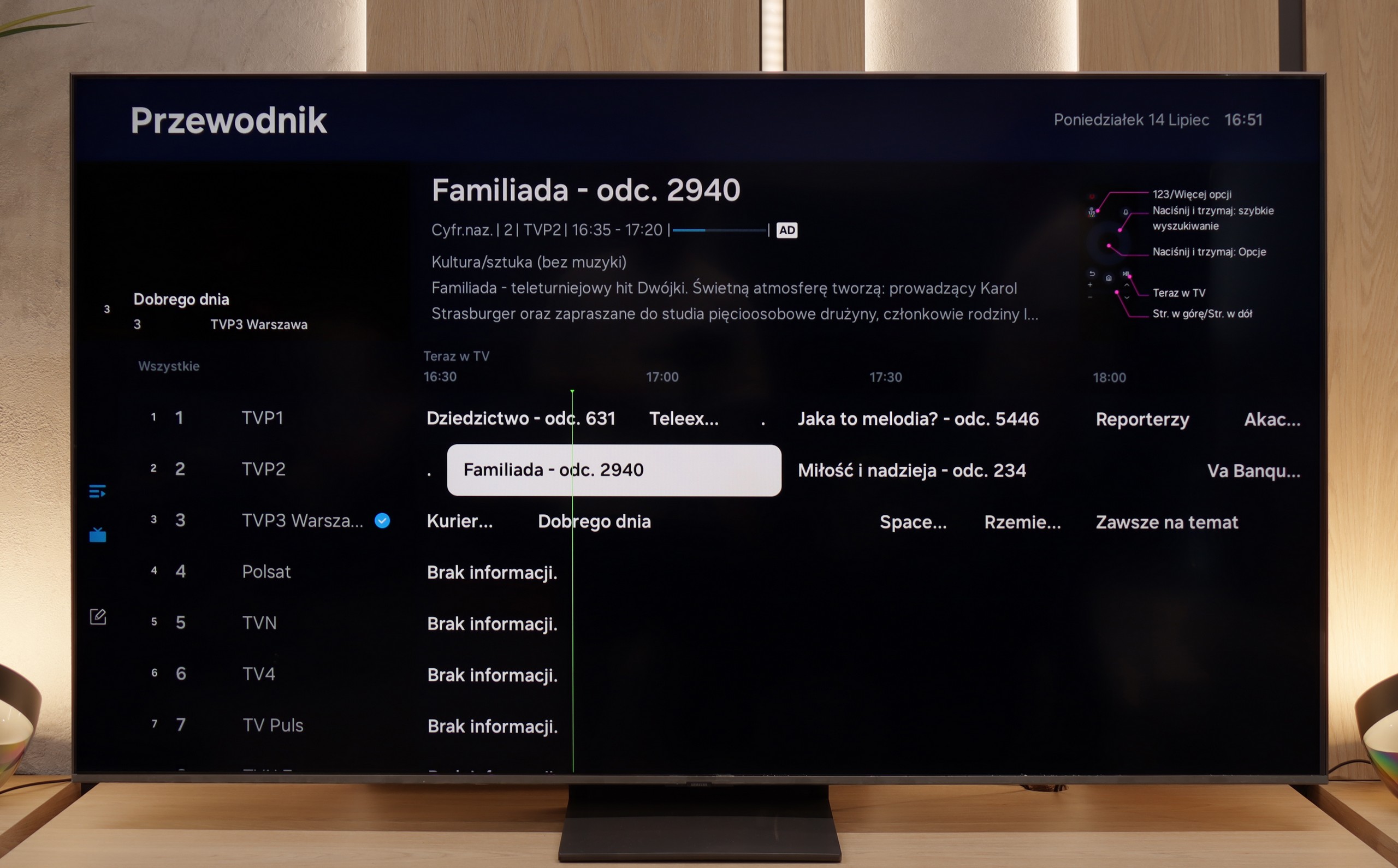
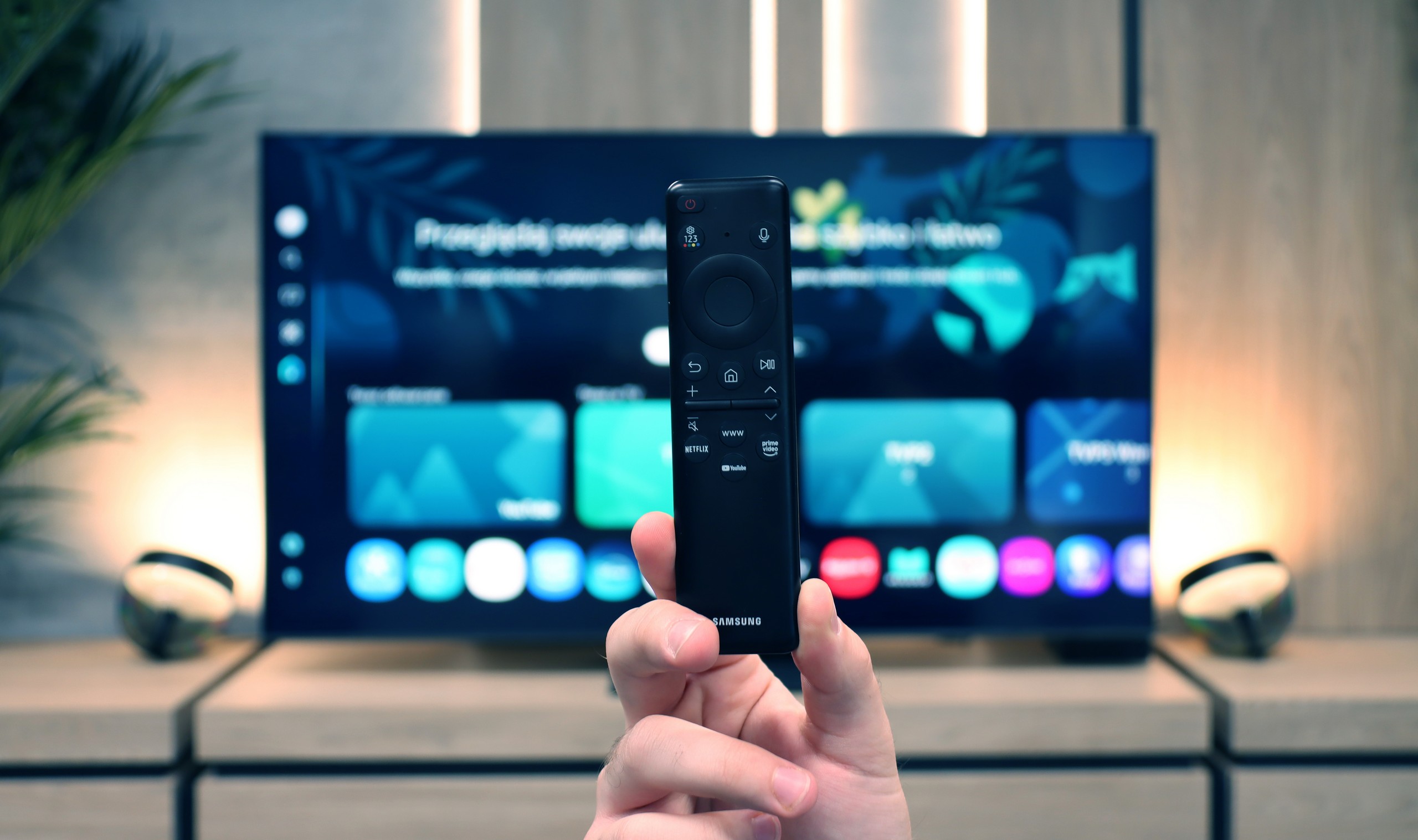
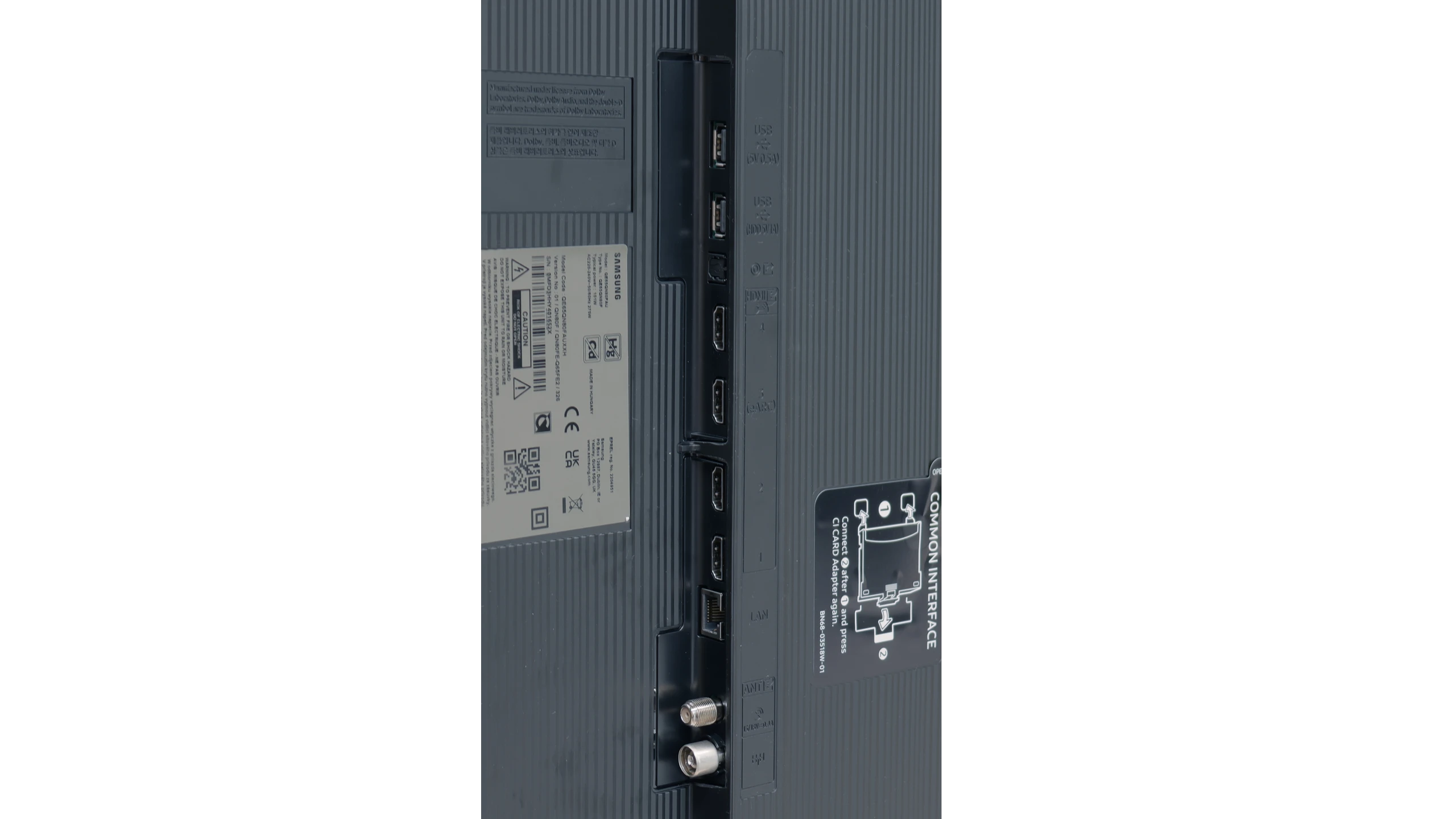
Sony Bravia 7 runs on the Google TV system, which offers an intuitive and fast interface, providing easy access to a plethora of applications. Google Assistant supports Polish language, making the use of the television even more convenient and personalised. The interface is clear, and access to features and applications is quick and seamless. It's worth mentioning the remote, which is rechargeable via USB-C port. Additionally, the remote is backlit, making it significantly easier to use at night.
Sony Bravia 7 offers a wide range of capabilities that will satisfy most users. The ability to record programs and easily connect devices via Bluetooth are major pluses. Unfortunately, it lacks the Picture-in-Picture (PiP) feature, which could be useful for watching two video sources simultaneously.
XR70 stands out with its practical and elegant design. The television is equipped with a 4-position stand, allowing it to be adapted to various spaces and settings – this is particularly useful when flexibility in interior arrangement is desired. Additionally, the slim aluminium frame gives the device a modern and stylish appearance. Although it is not as slim as some competing Korean models, it still looks very attractive and sturdy.
SmartTV QN80F: Tizen
When it comes to smart features, the QN80F has nothing to be ashamed of. On the contrary – Tizen is one of the richest operating systems in terms of functionality. We have voice search, AirPlay support, Miracast and all the major streaming platforms at our fingertips. But Samsung's real advantage reveals itself in the smart home – SmartThings. Not only can you sync light bulbs and vacuum robots, but you can also integrate devices from other manufacturers, thanks to support for the Matter standard. And suddenly it turns out that the QN80F can serve as a home command centre. There is just one "but" – Tizen is a closed system, so we might not find a few lesser-known apps. However, in practice, it still has everything that 99% of users need.
Classic TV features:
When it comes to classic features, it’s just as good – well, almost. The QN80F supports Picture-in-Picture, a rare but still useful PiP feature. We'll easily find EPG, the good old teletext (yes, it works!) and the ability to connect external devices via Bluetooth – whether it's headphones or a soundbar. Unfortunately, it lacks the option to record to USB from the built-in tuners. This is a small annoyance, especially since competitors in a similar price range are increasingly offering this feature. It may not be a must-have function, but since everything else works so well, it’s a shame it's missing that finishing touch.
Playing files from USB
8.6/10
9/10
Supported photo formats:
Maximum photo resolution:

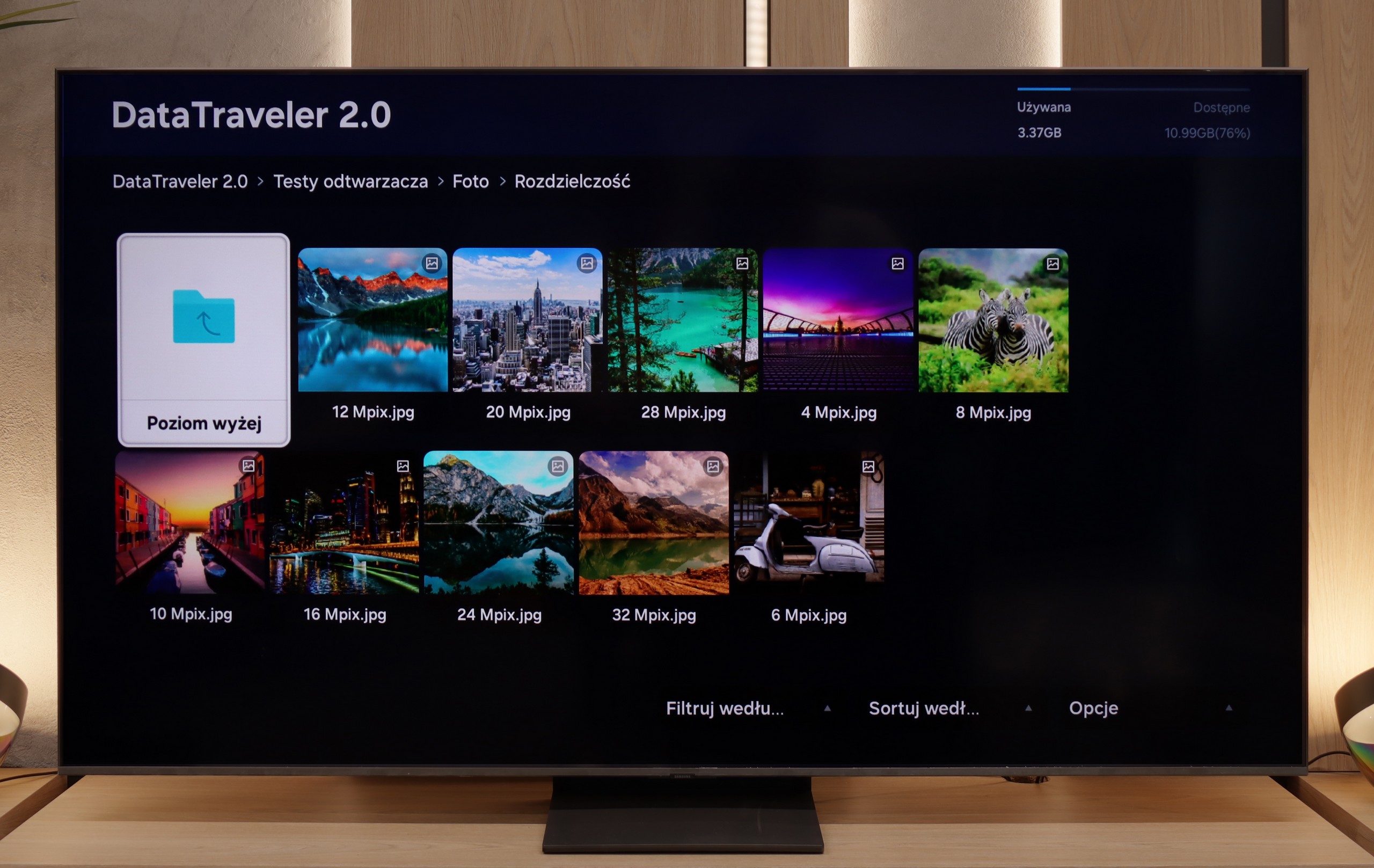
The built-in player handles most popular video and audio formats, allowing you to enjoy a wide range of content without any issues. Although there are minor shortcomings when displaying photos, thanks to the Google TV system, you can easily install other apps that effectively solve this problem and expand the multimedia capabilities of the television.
The built-in media player in the QN80F handles most popular video formats – from classic MP4 to more demanding containers. It may not be as versatile as VLC, but for home use, it’s more than sufficient. The situation is worse with photos – here, unfortunately, it’s quite limited. Support mainly includes the JPG format, but hey, at least that’s the most important one 👌. During our tests, there was also a minor issue with subtitles. The QN80F only handled the simple text format .txt – unfortunately, other, more advanced formats (like .srt or .sub) were not recognized.
Apps
9.6/10
8.7/10














































Sound
7.8/10
6.7/10
- Maximum volume-87dB
- Dolby Digital Plus 7.1
- Dolby True HD 7.1
- Dolby Atmos in Dolby Digital Plus (JOC)
- Dolby Atmos in Dolby True HD
- DTS:X in DTS-HD MA
- DTS-HD Master Audio
Although the Sony Bravia 7 TV is only equipped with a 2-channel speaker system (2.0), each channel has two speakers with a total power of 40 W. This results in really good quality sound, and the bass is noticeable, making watching movies and listening to music more enjoyable.
For a TV of this class, the QN80F sounds surprisingly good. It supports the Dolby Atmos format, which is worth noting as this is still not obvious in many models in this range. Unlike the thinner QN70F, here you can even feel a slight bass – all thanks to the thicker casing, which simply provides more space for the sound to "breathe". It's perfectly adequate for everyday viewing and series, and with the right settings, you could even consider listening to music without the need to connect external equipment. But – as is the case with Samsung, there is unfortunately a lack of support for the DTS:X format, so if we are using audio devices that support this format, we will first need to connect them to the amplifier and only then to the TV.
Acoustic Measurements
No acoustic data
87dBC (Max)
75dBC


